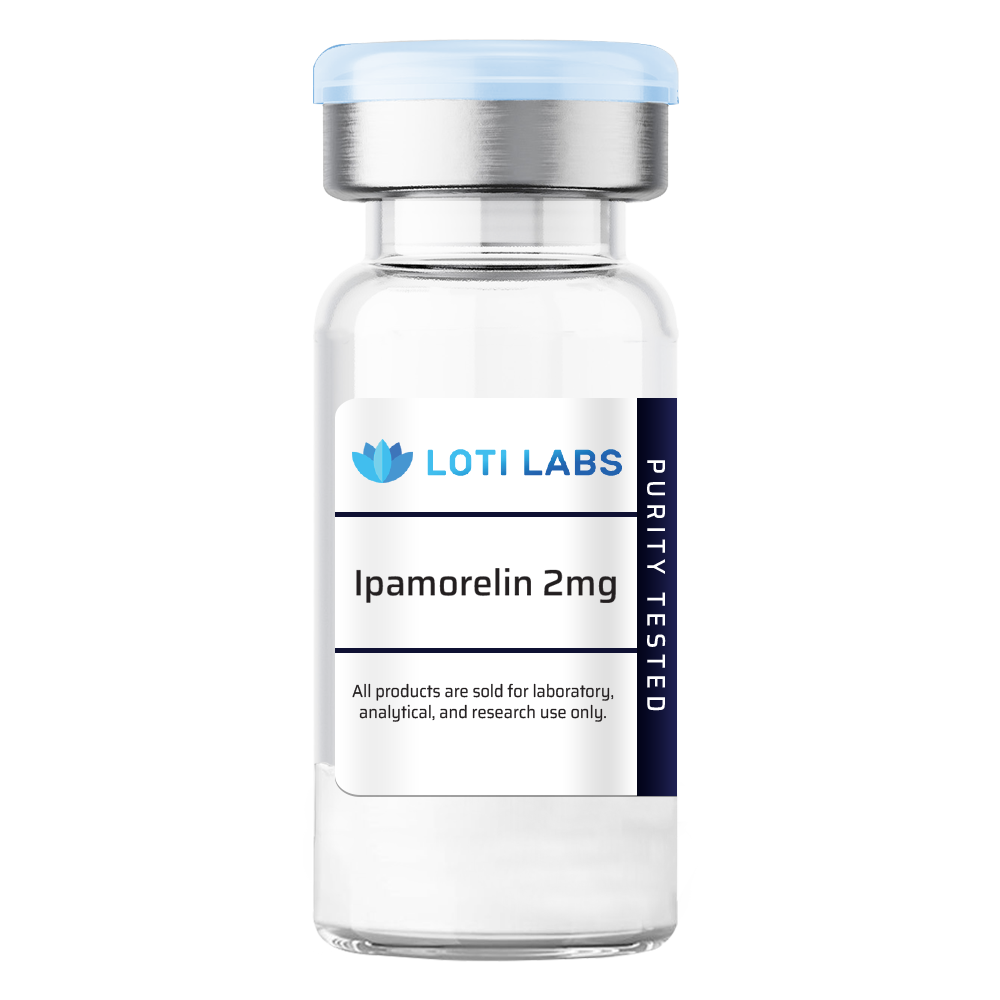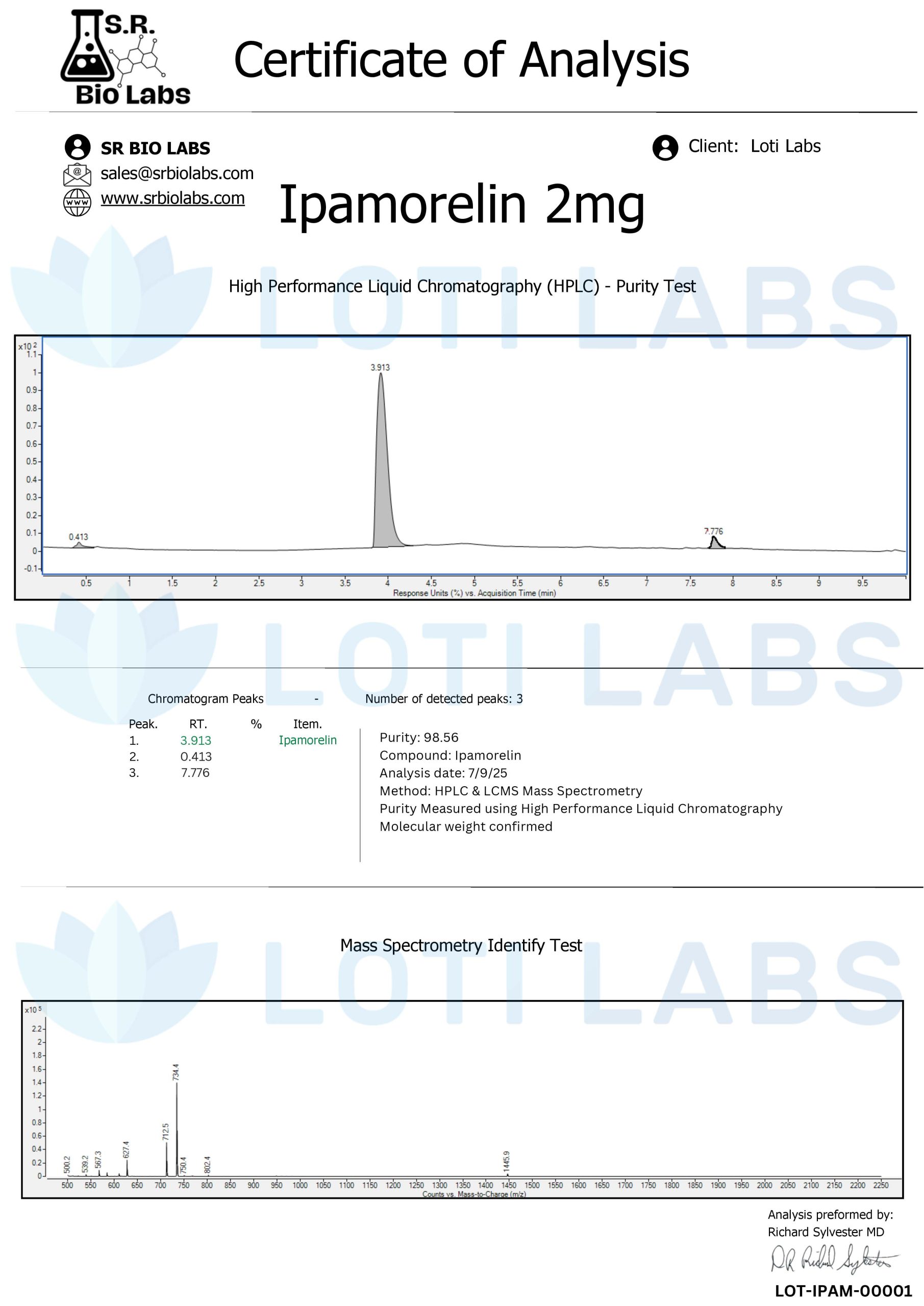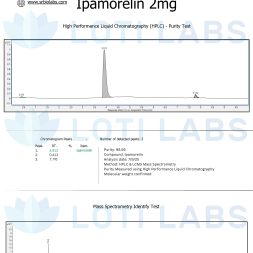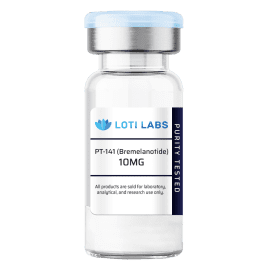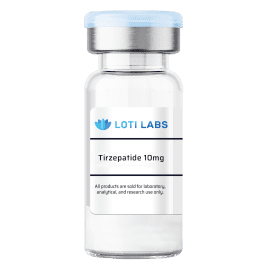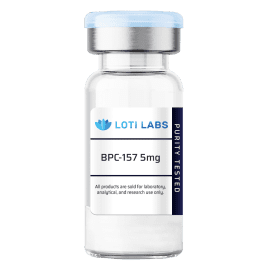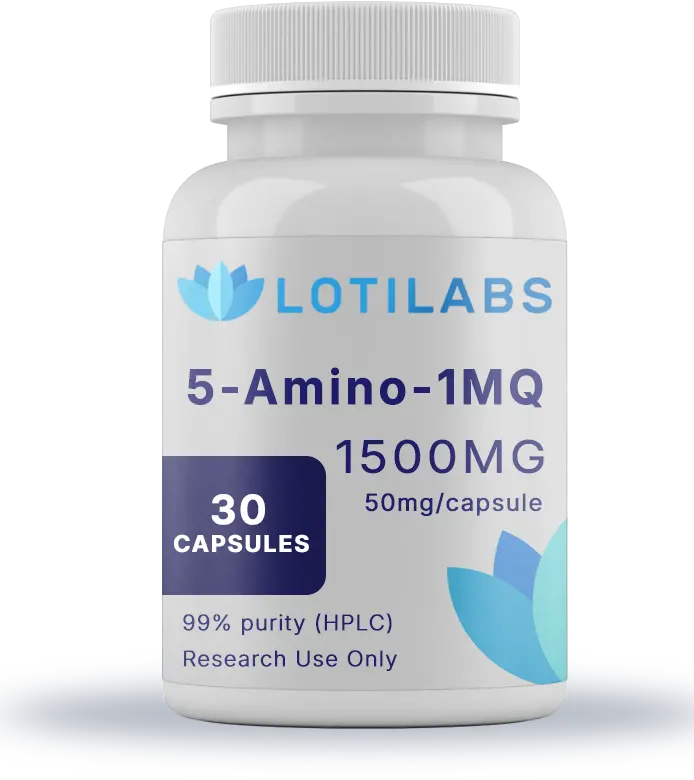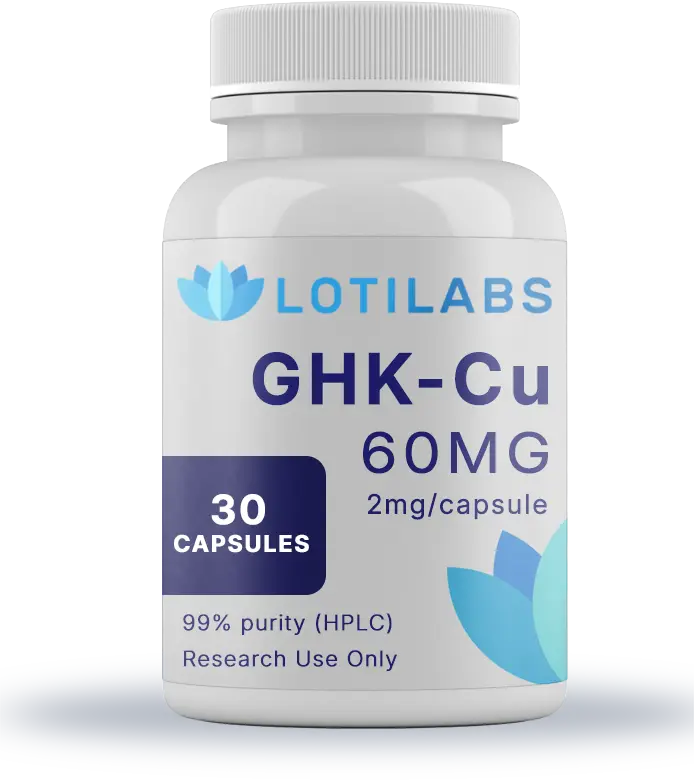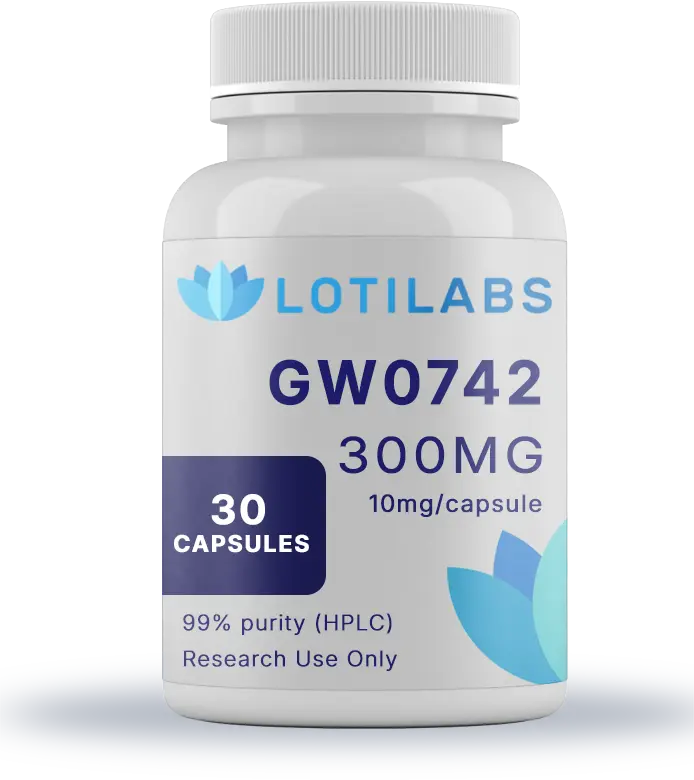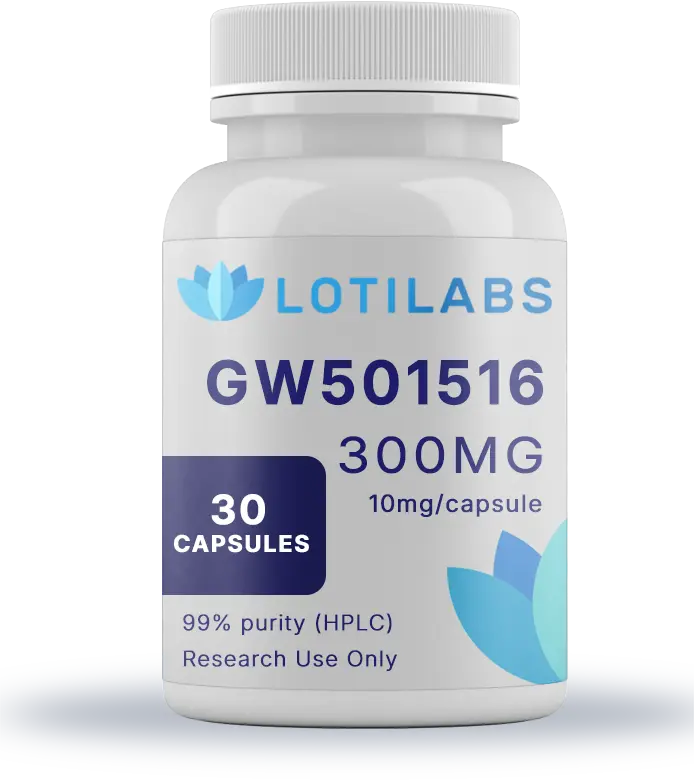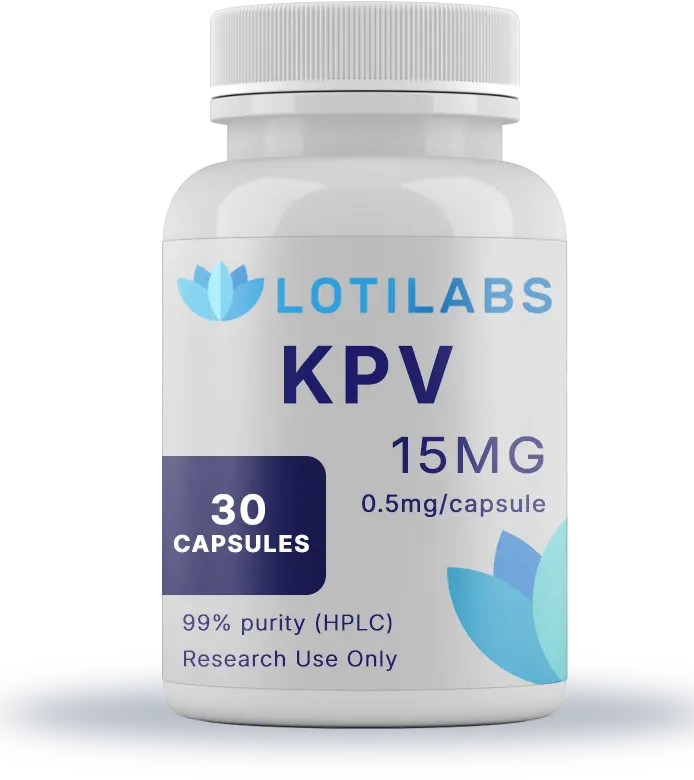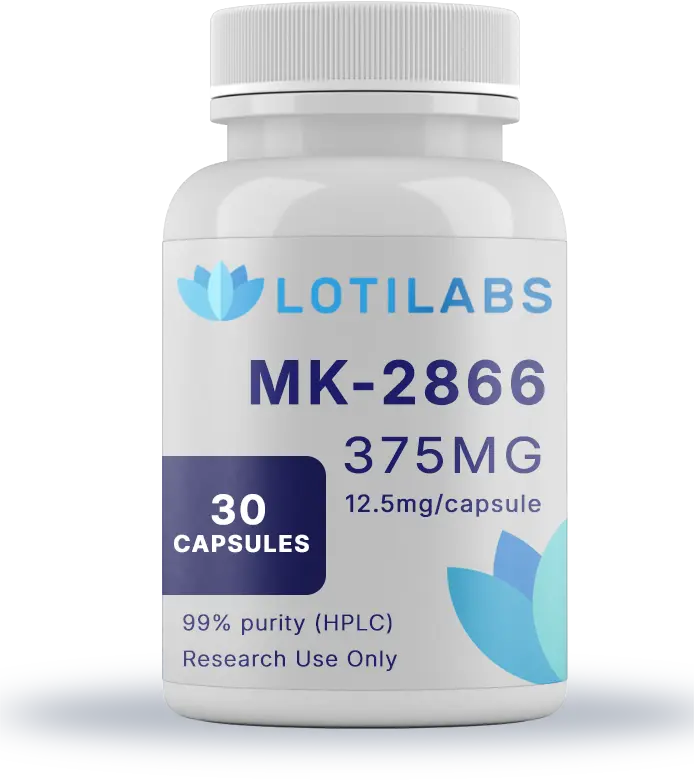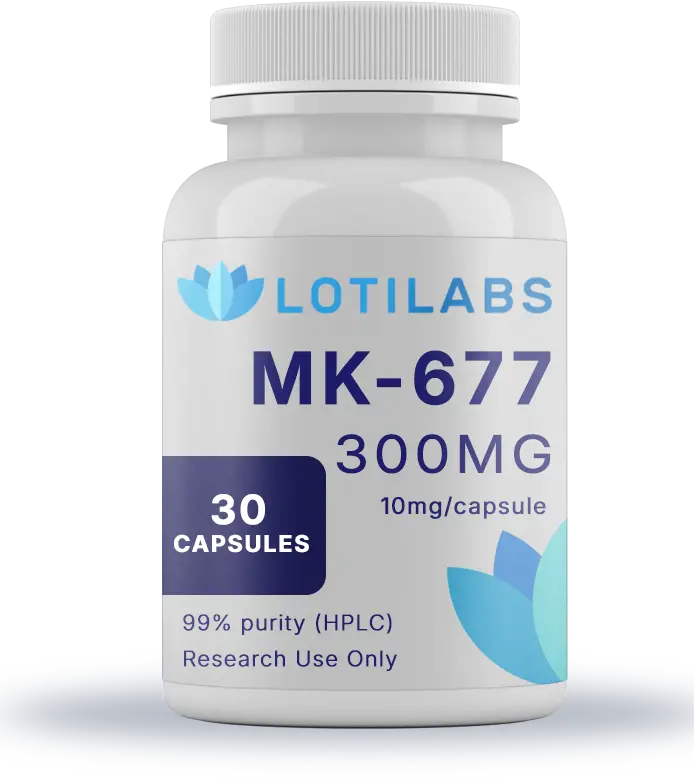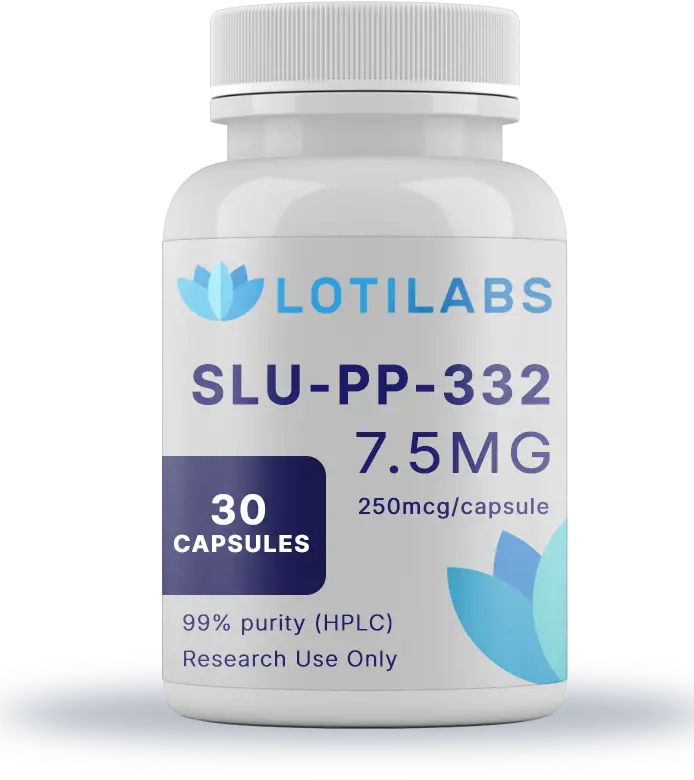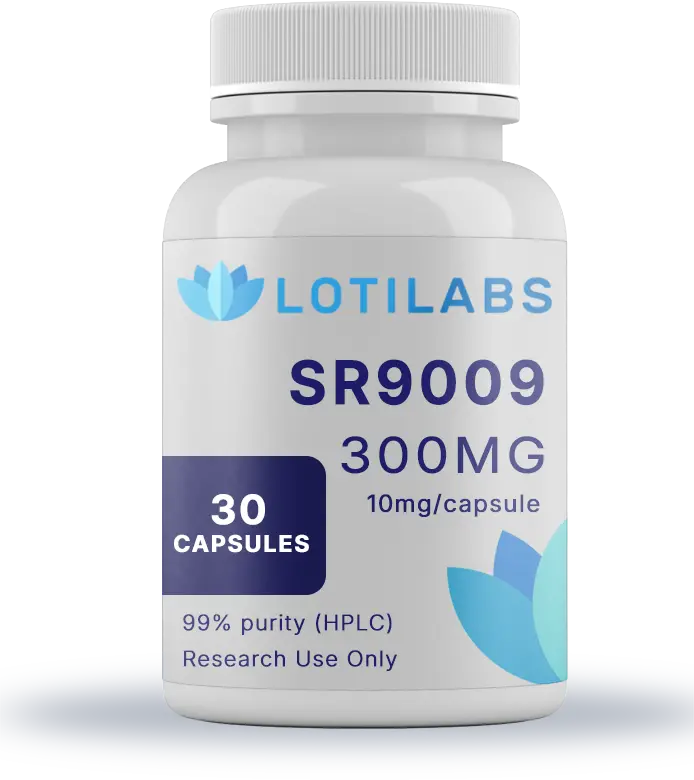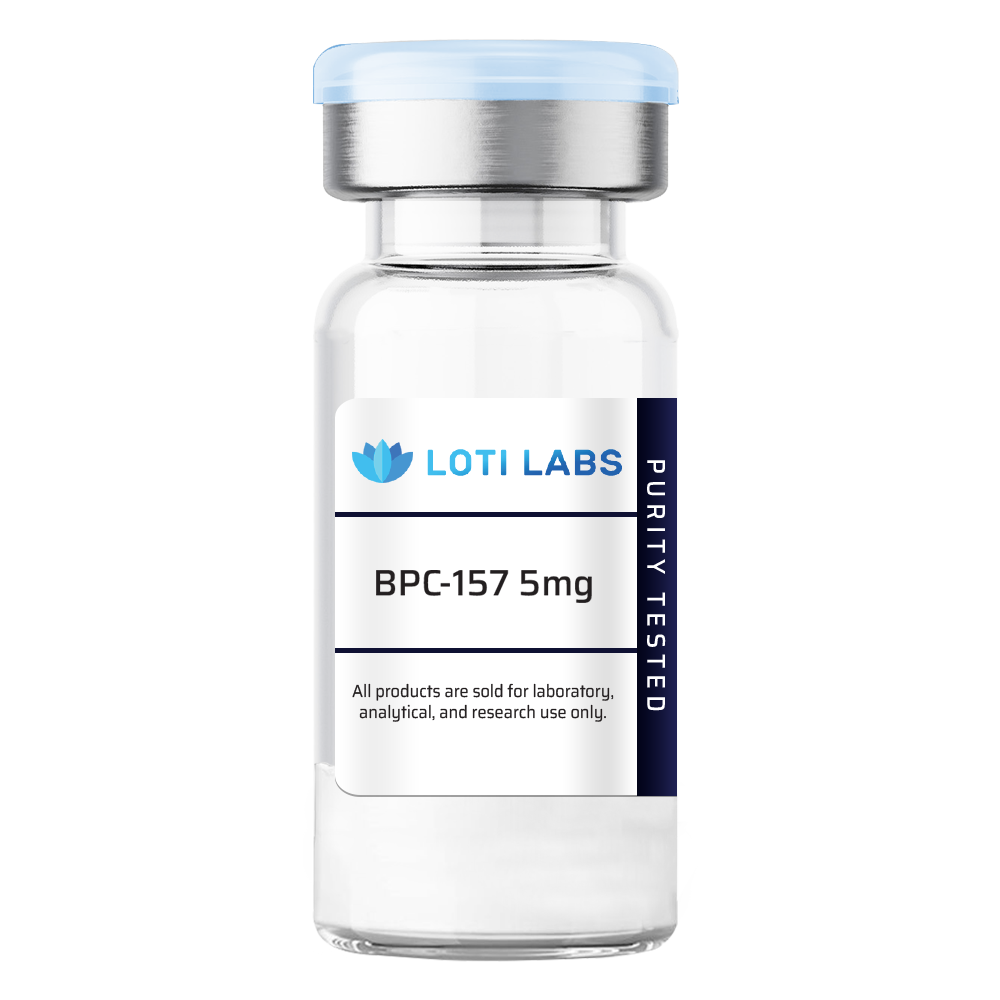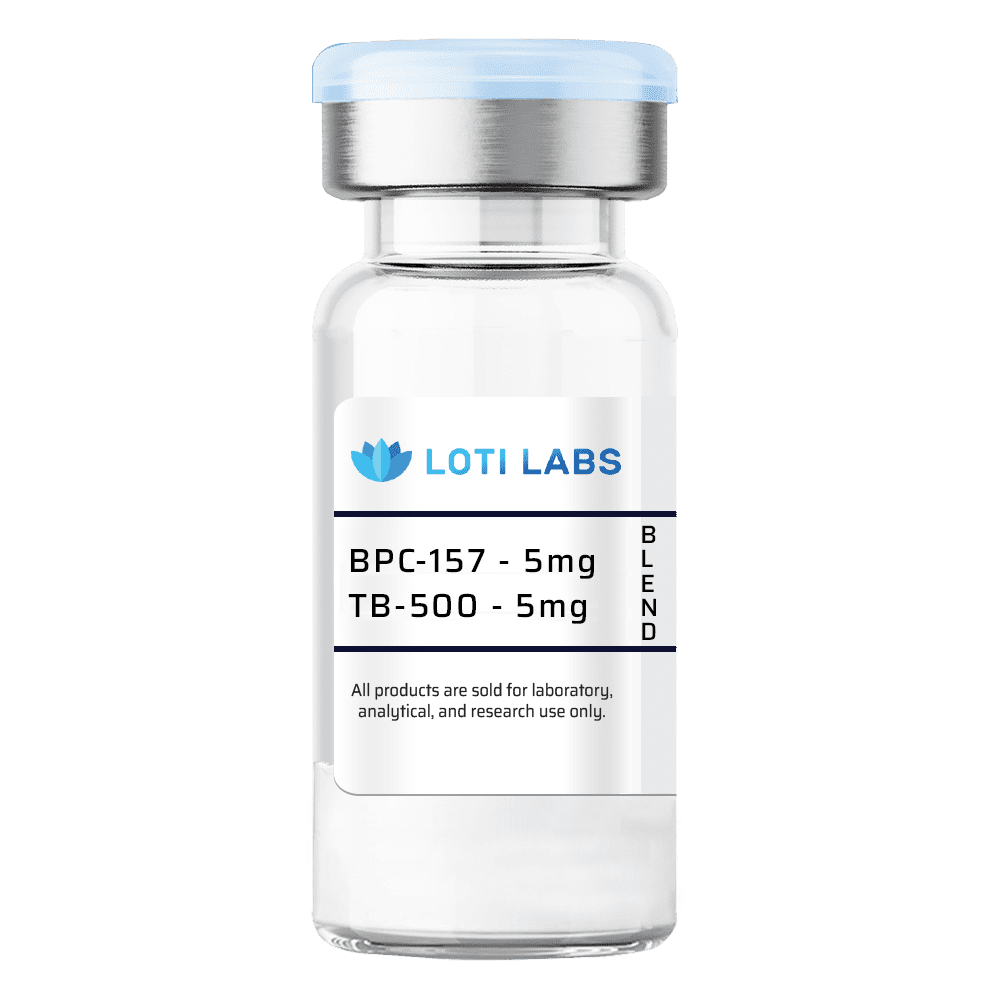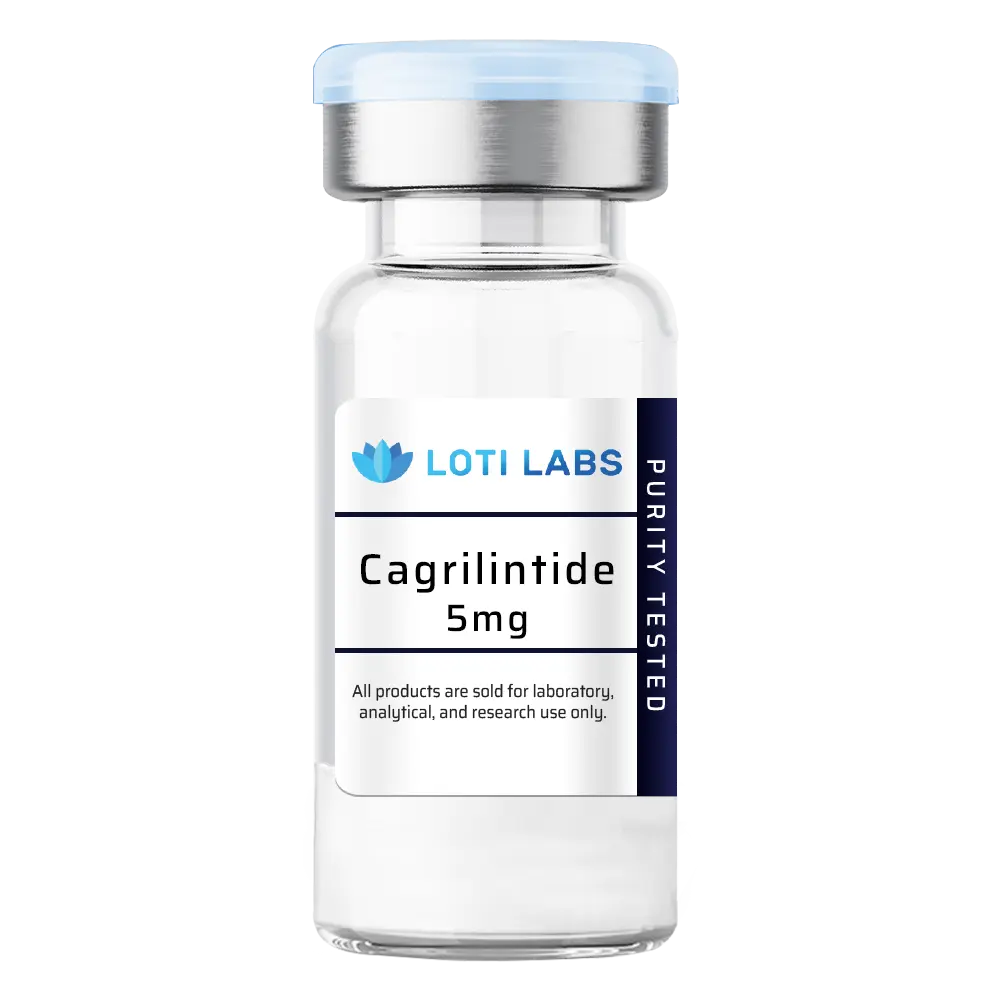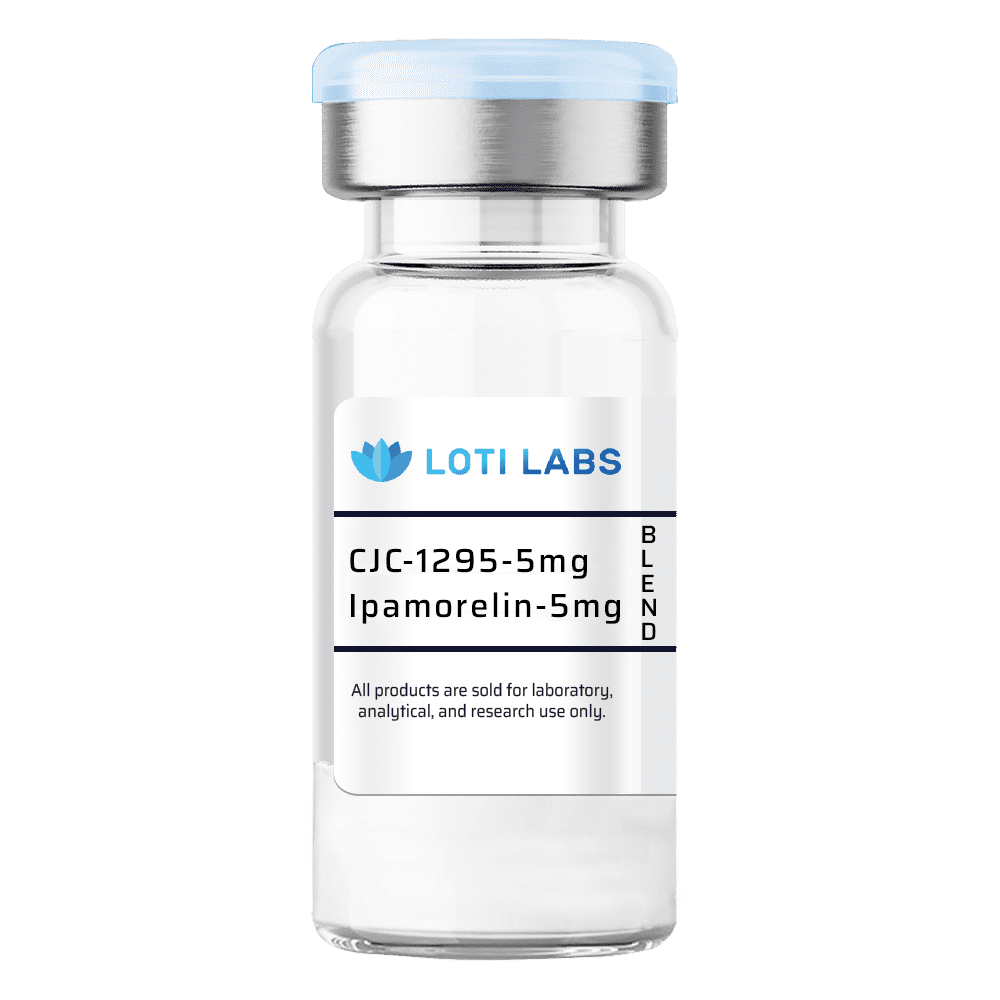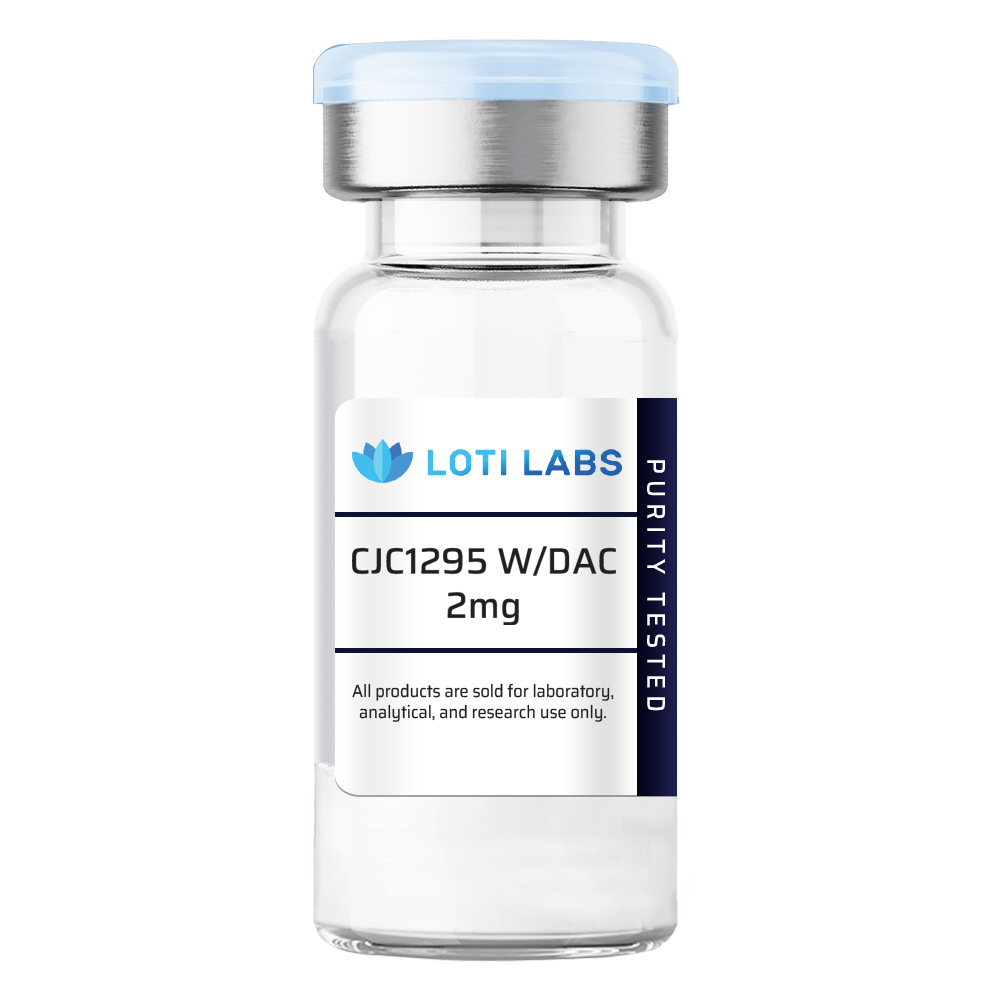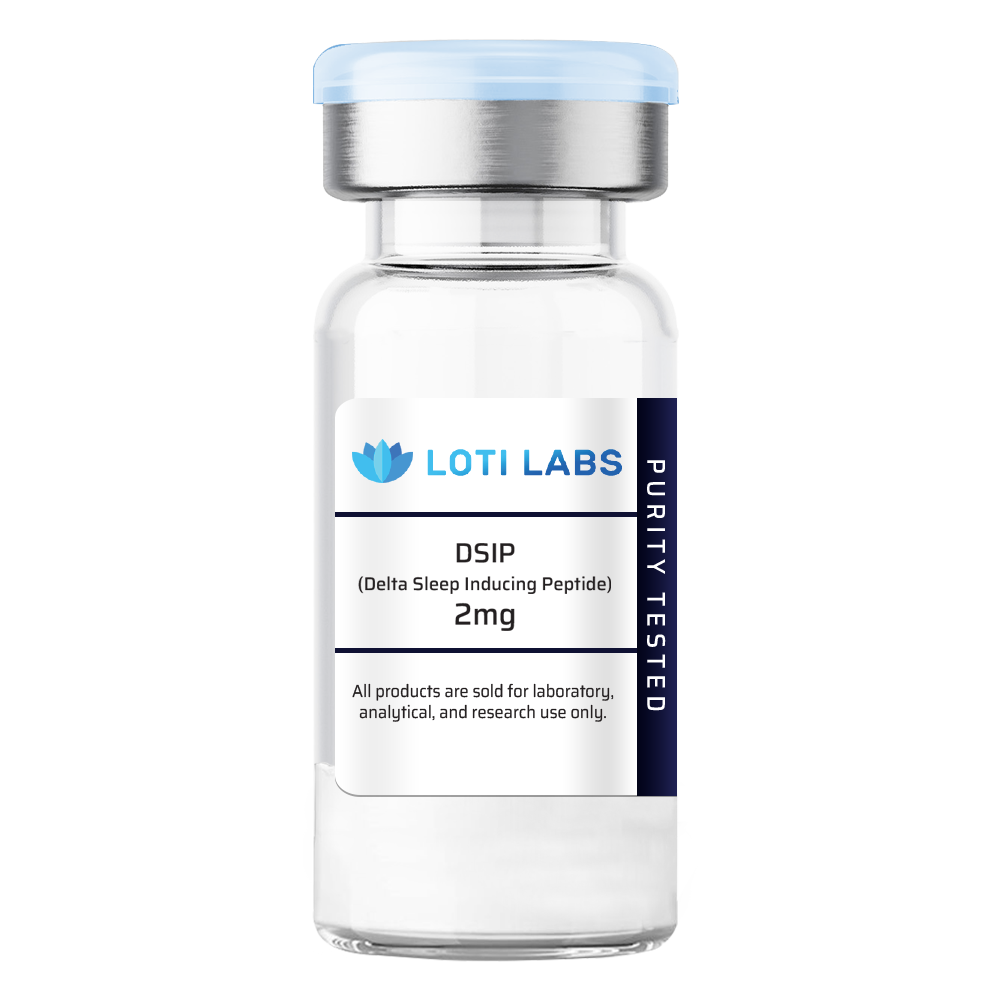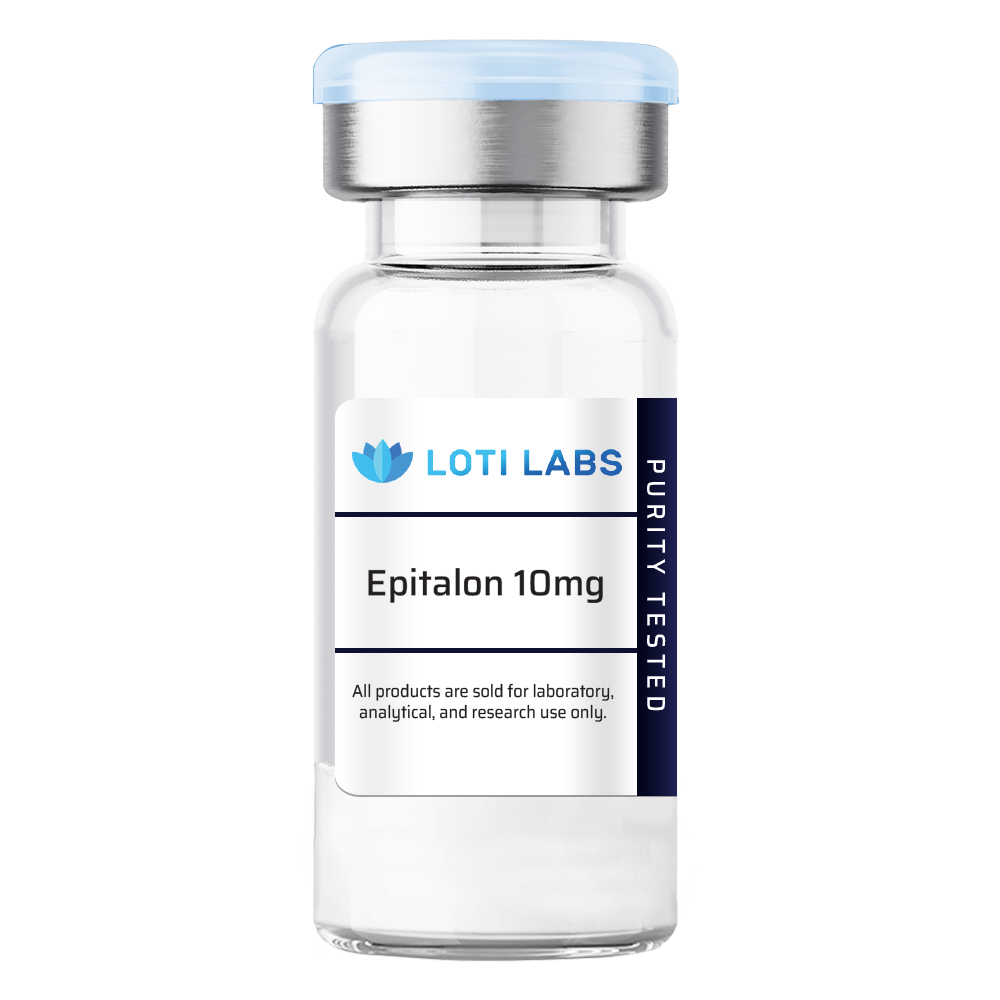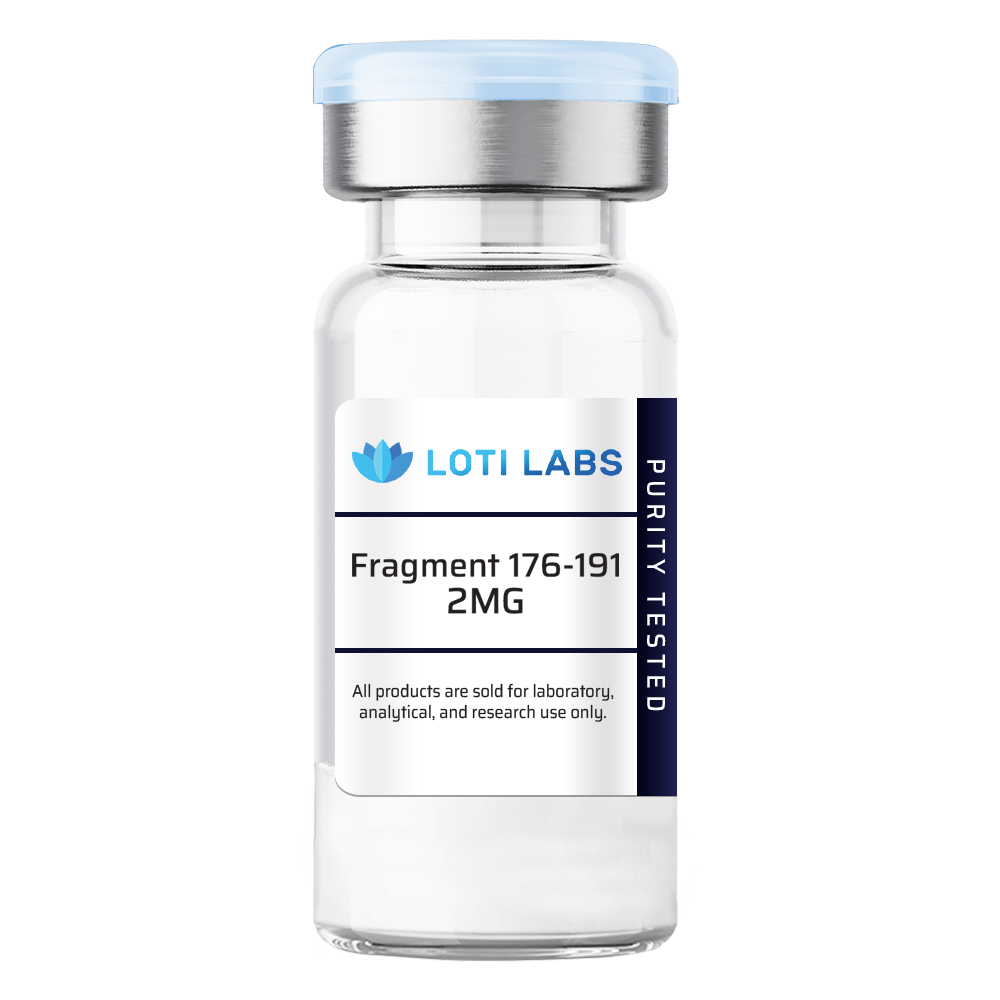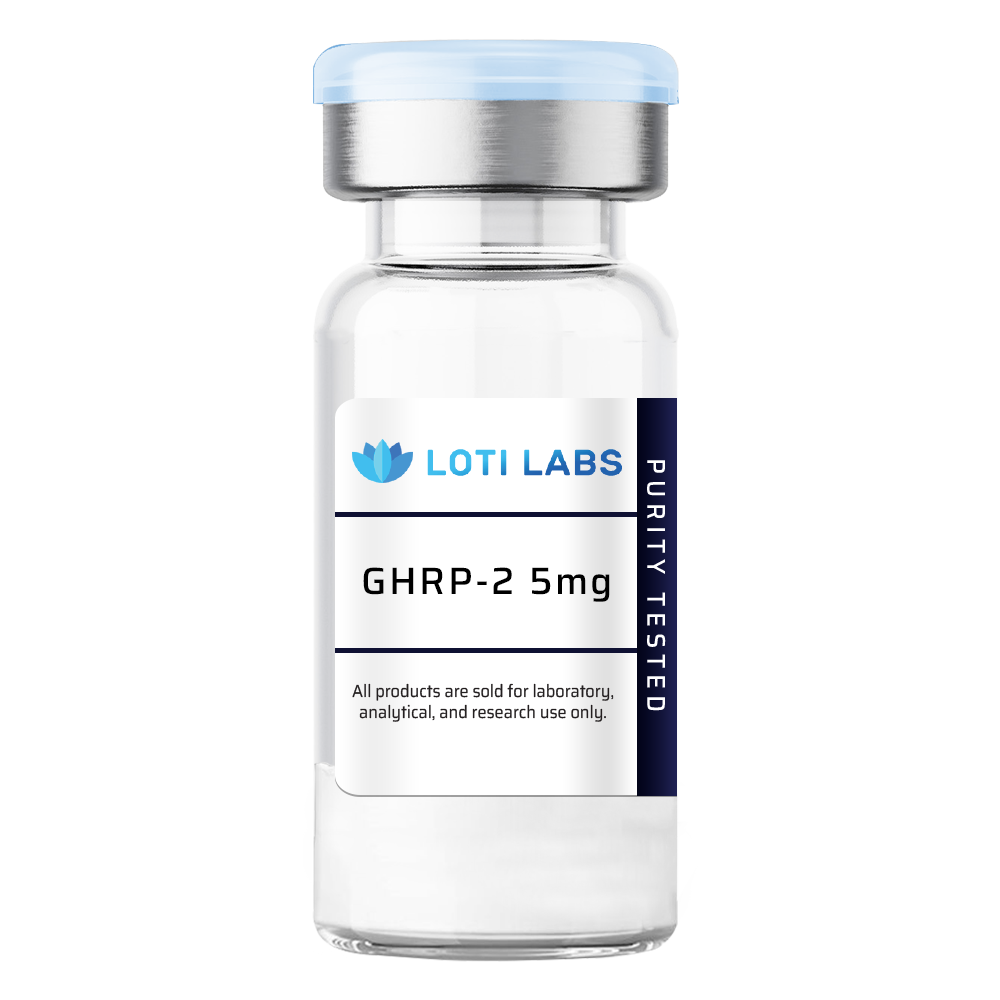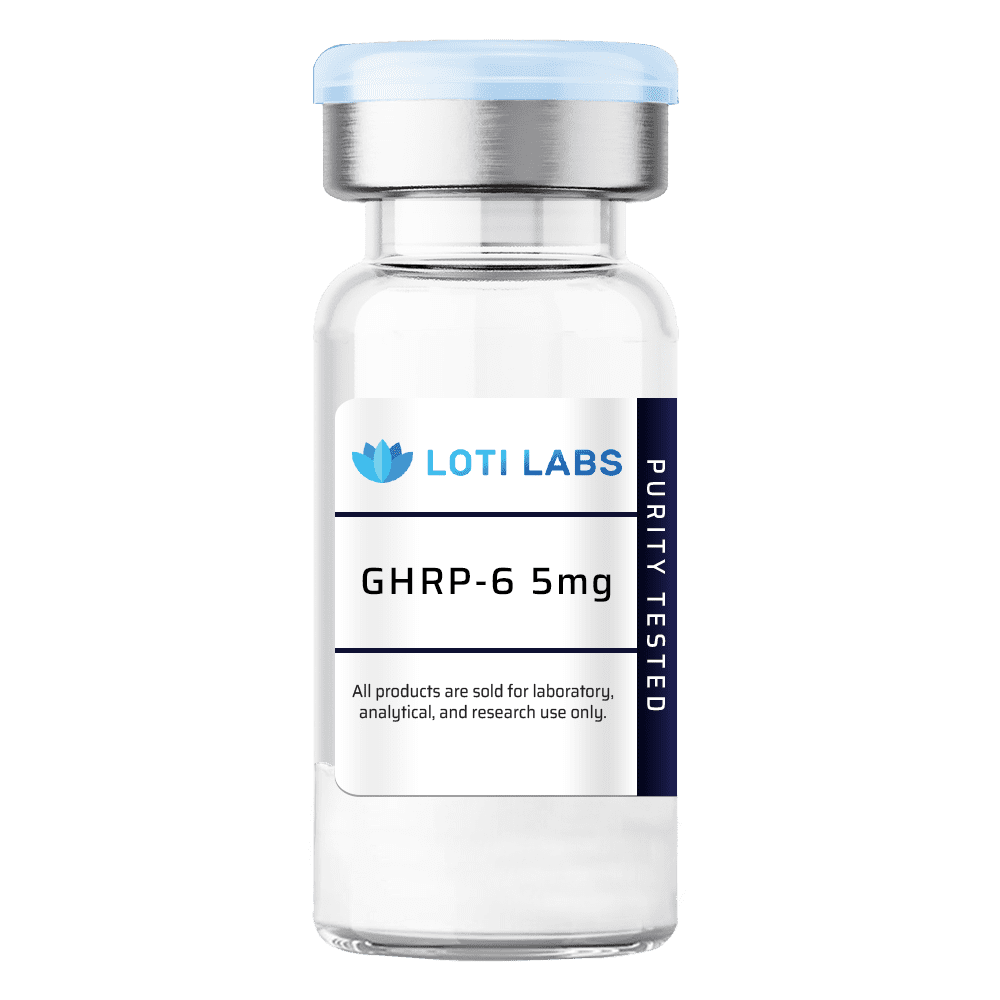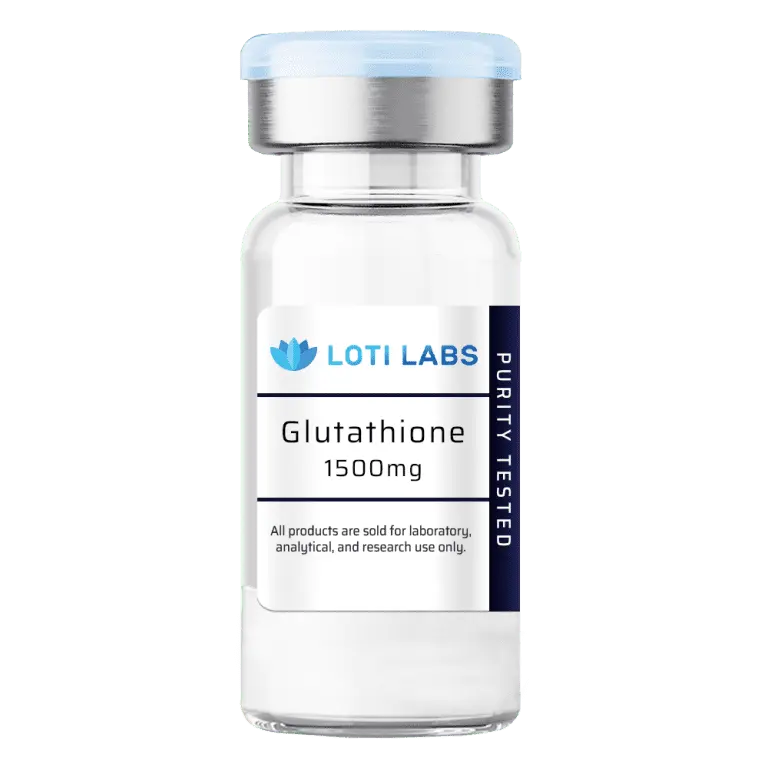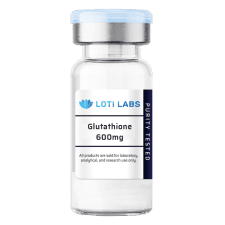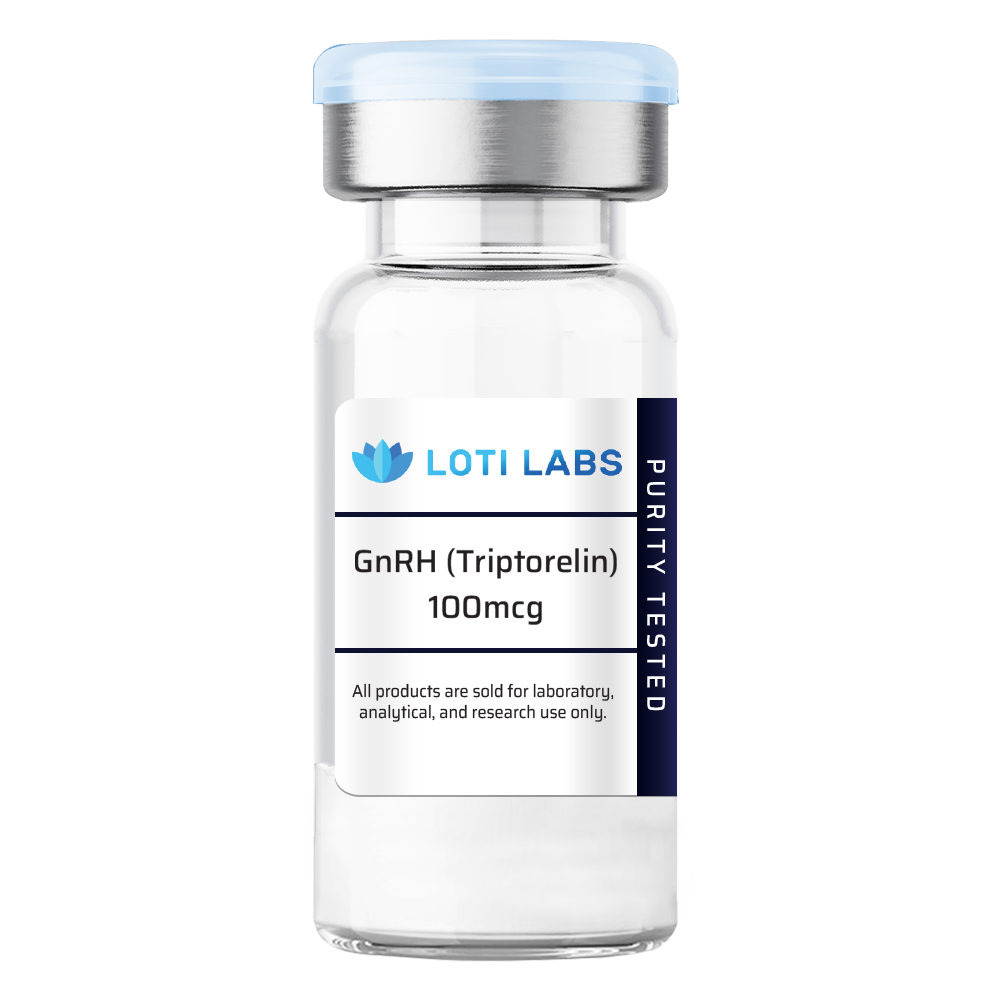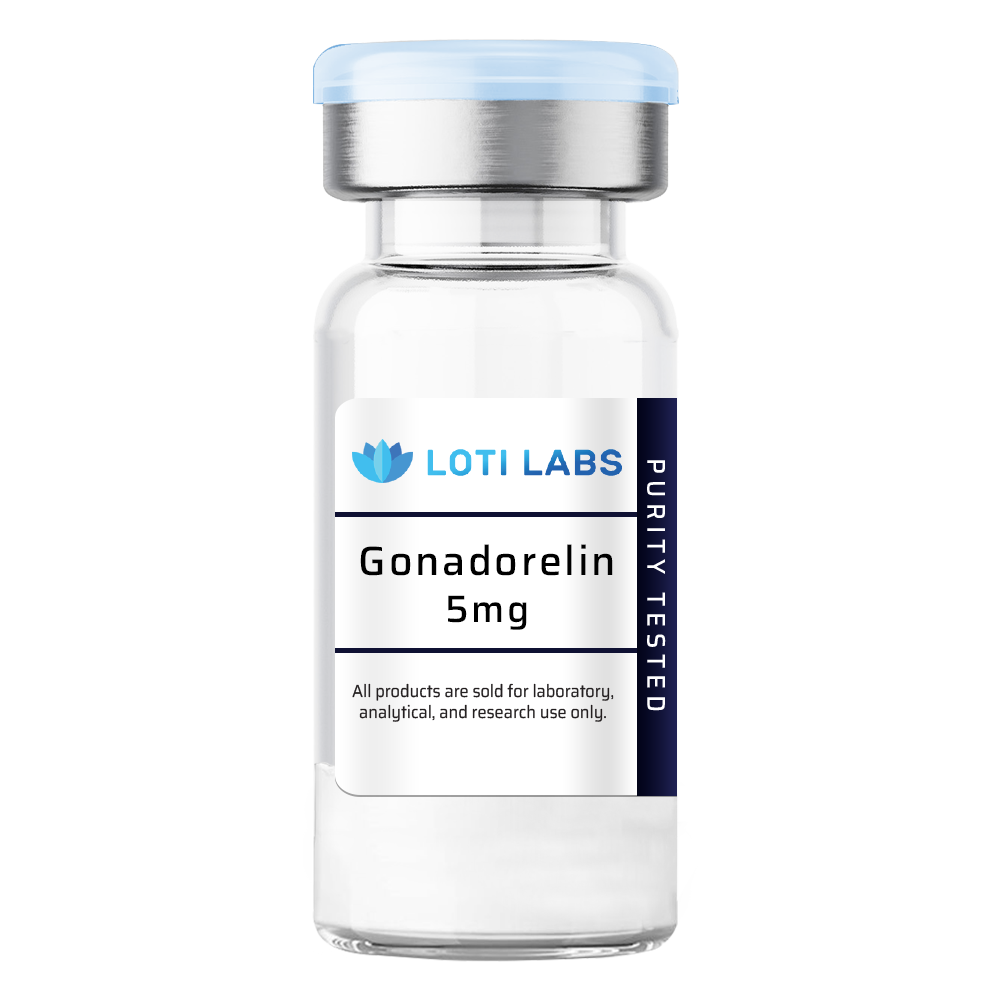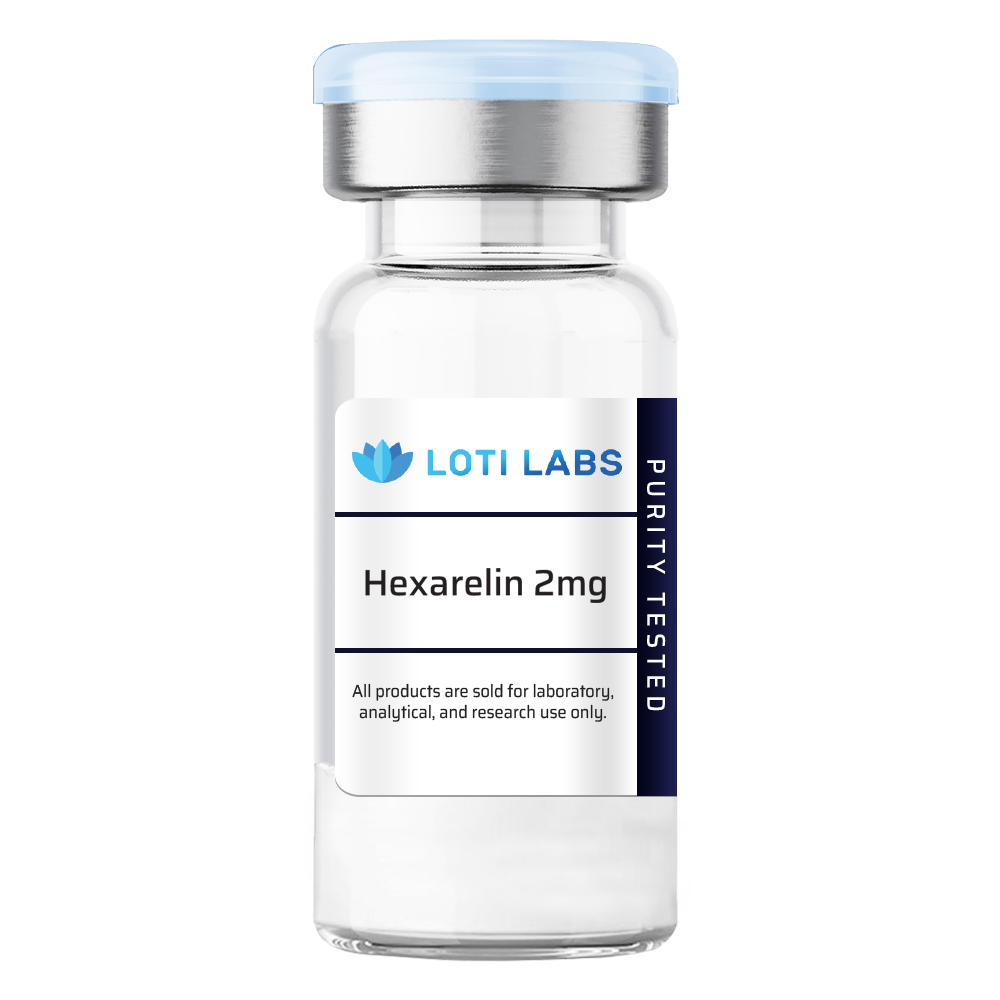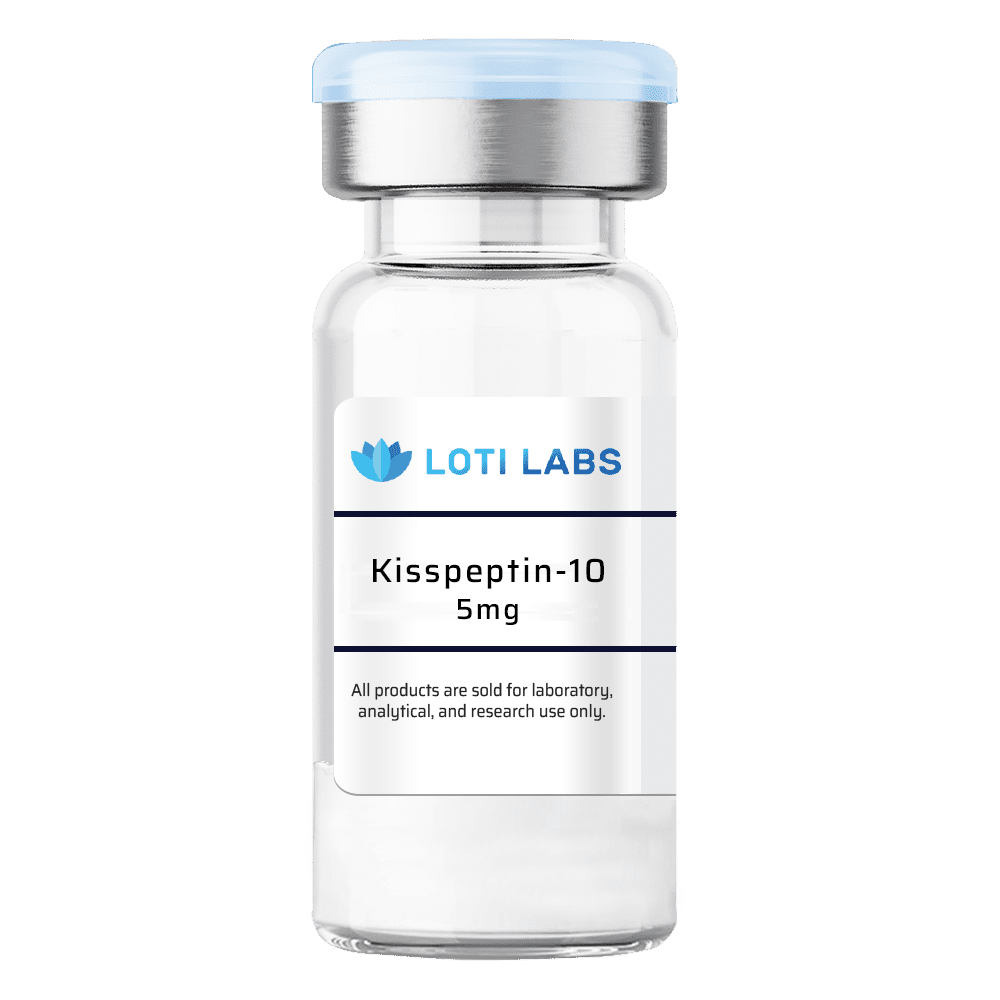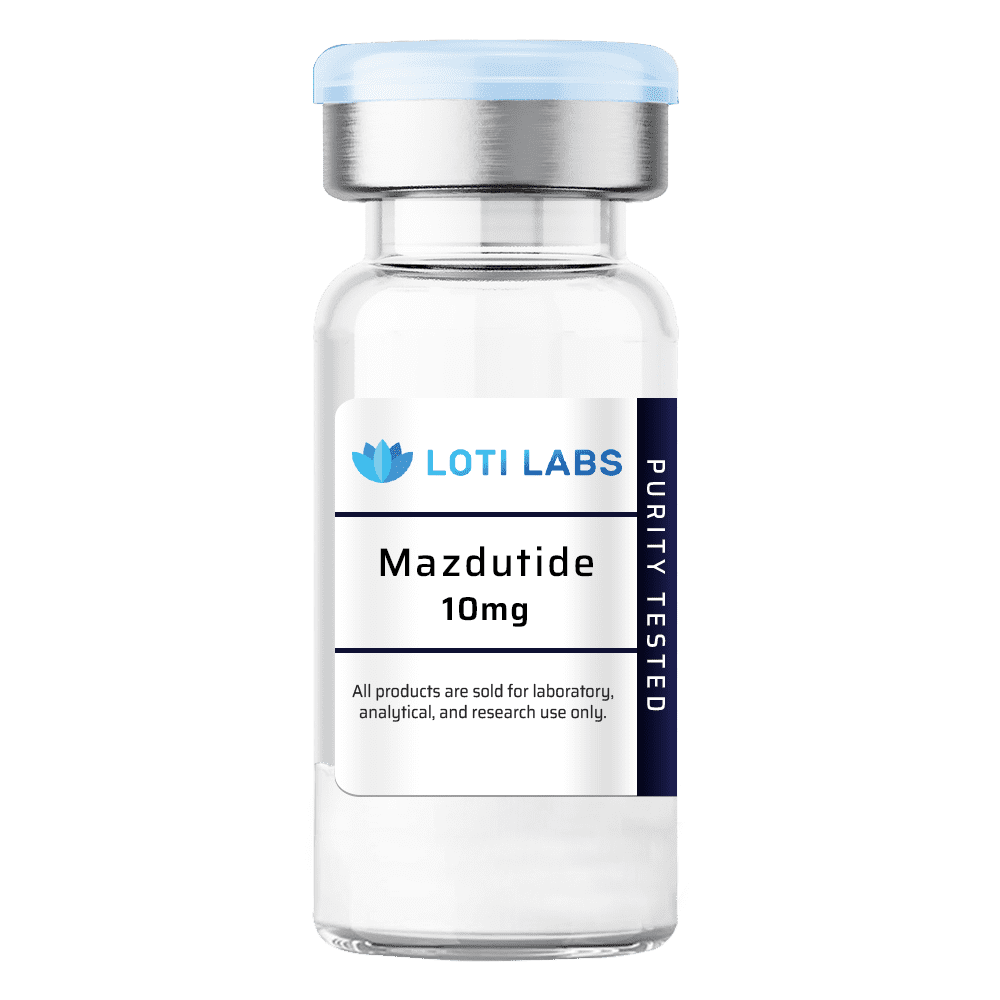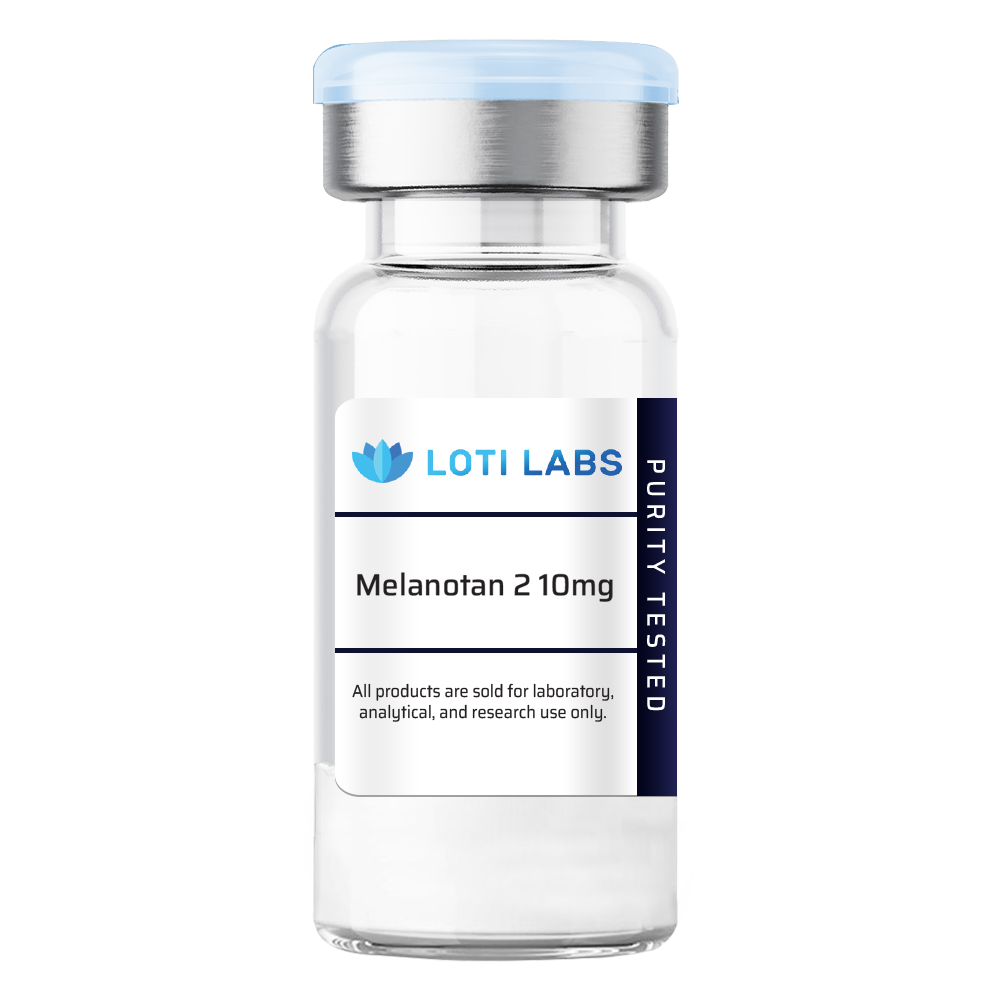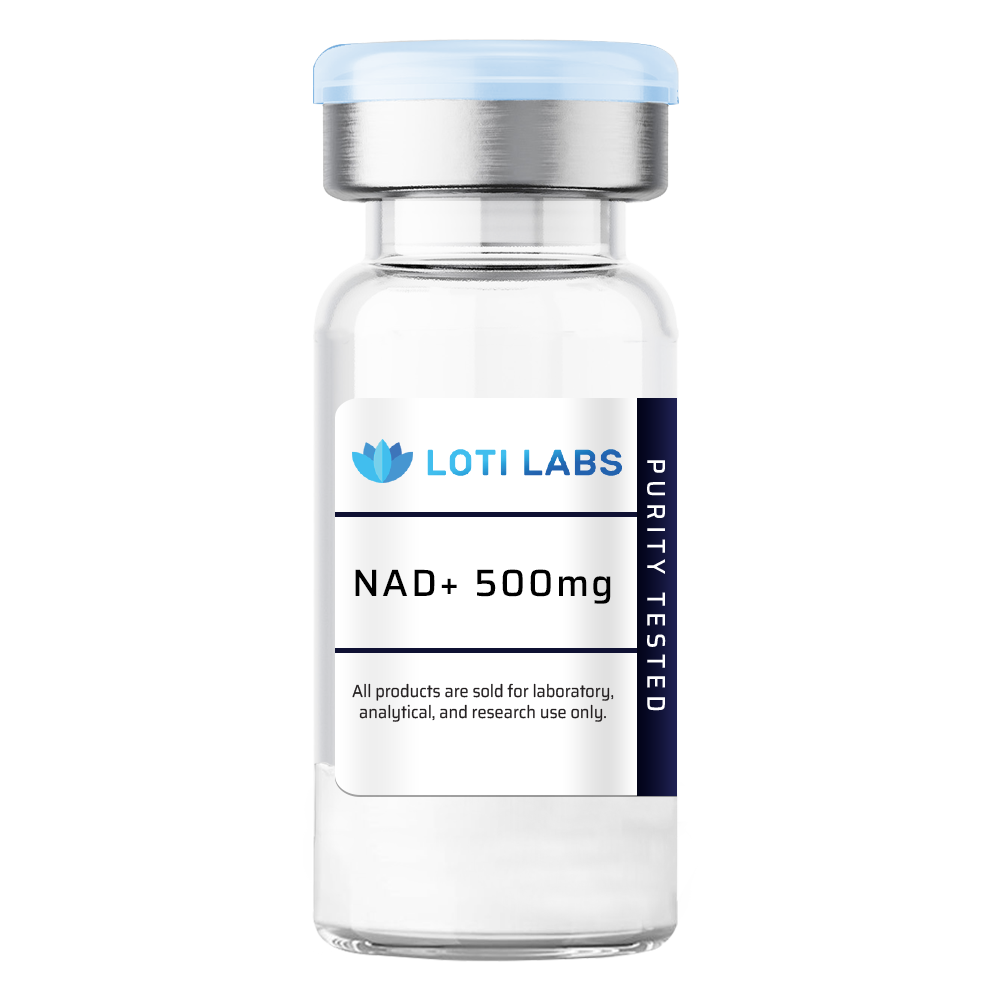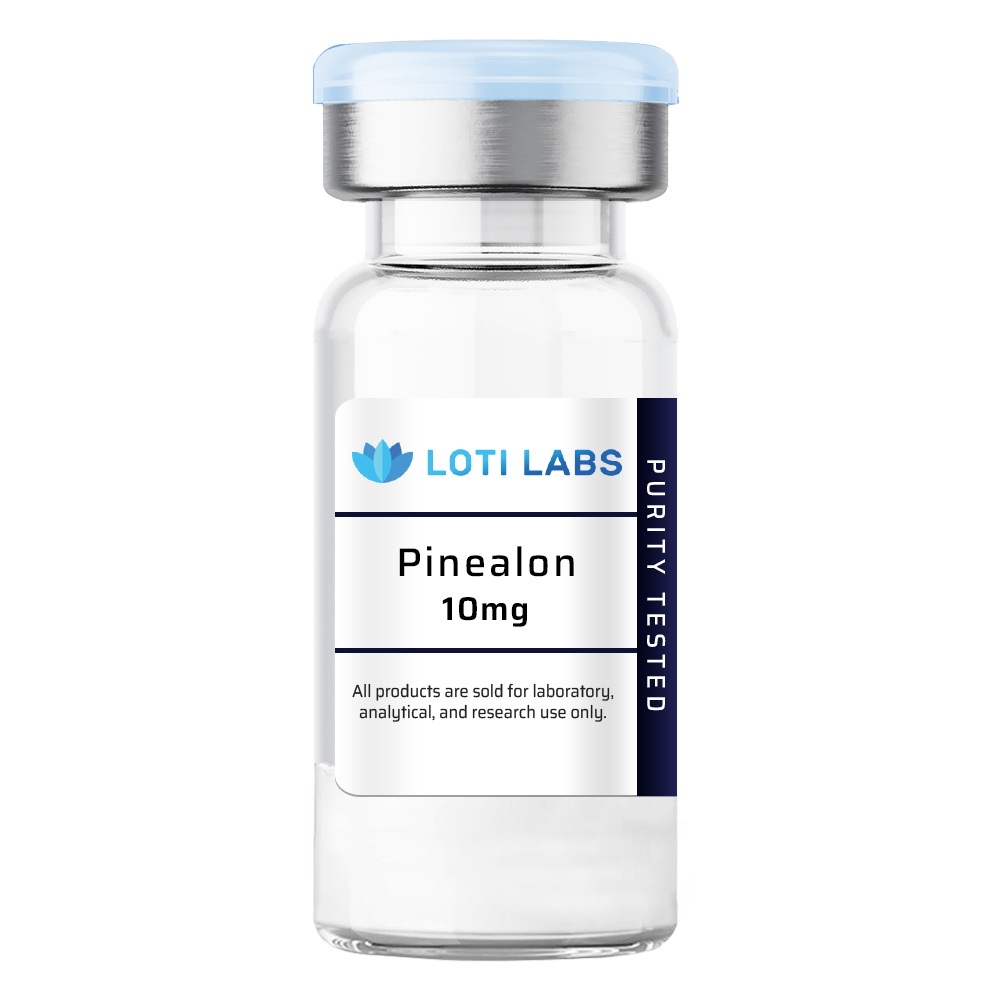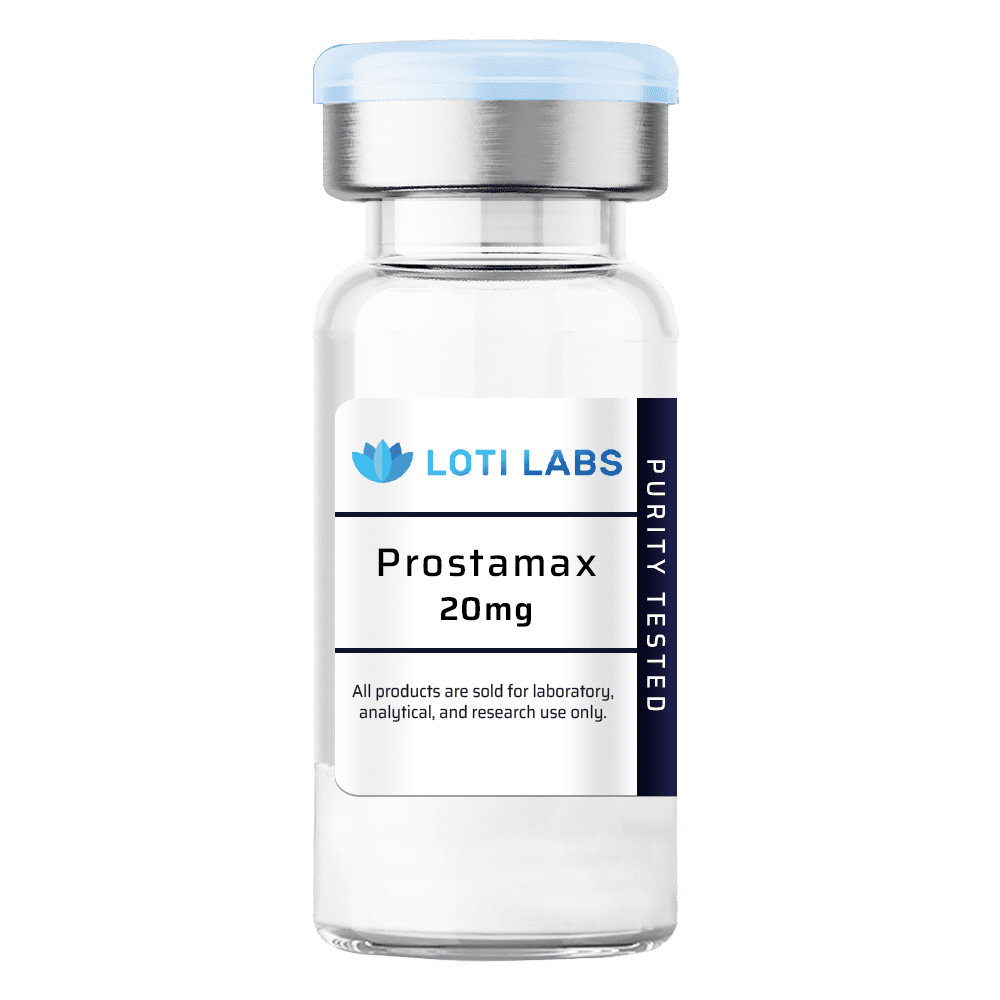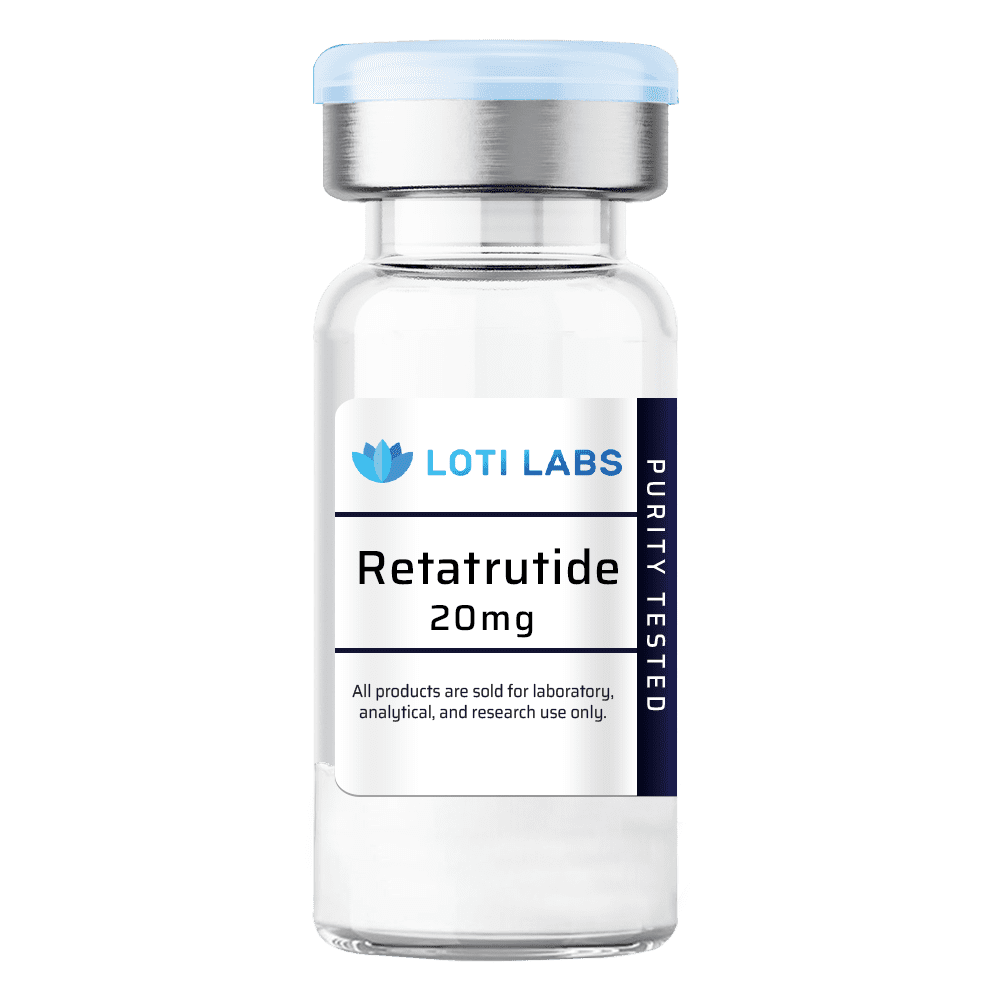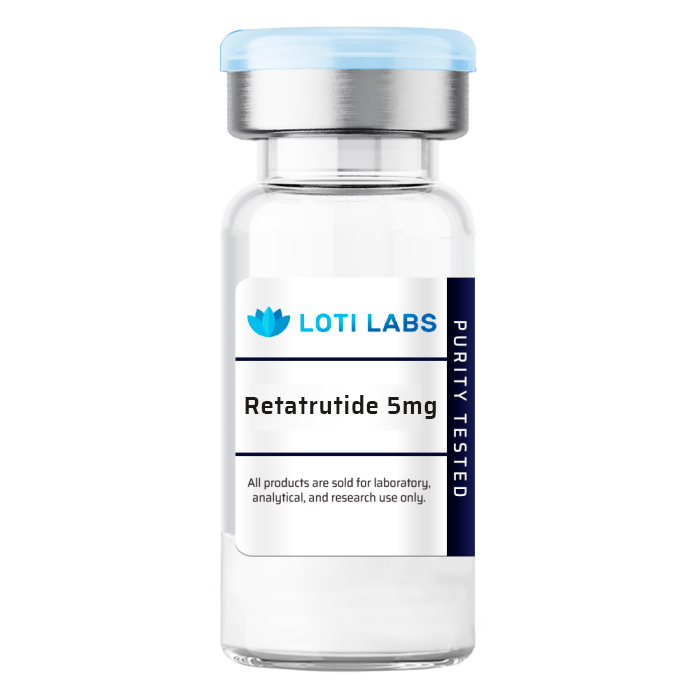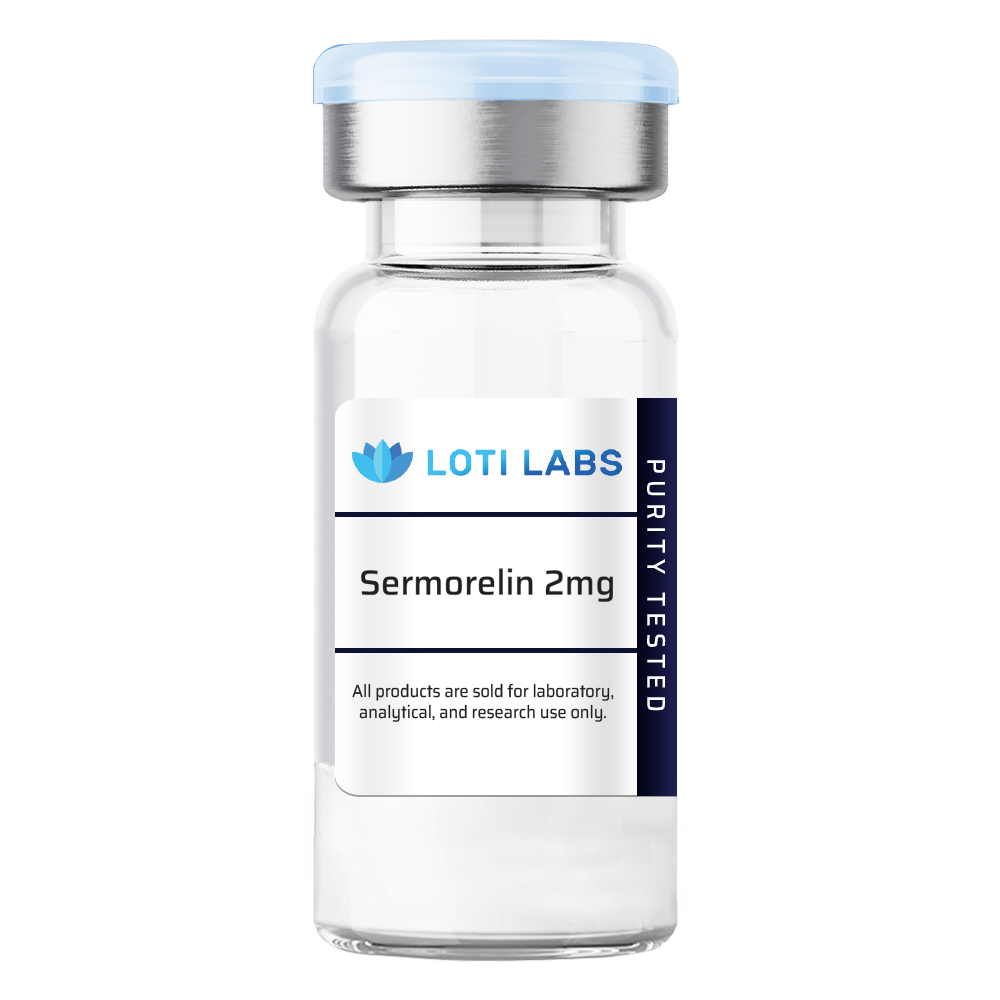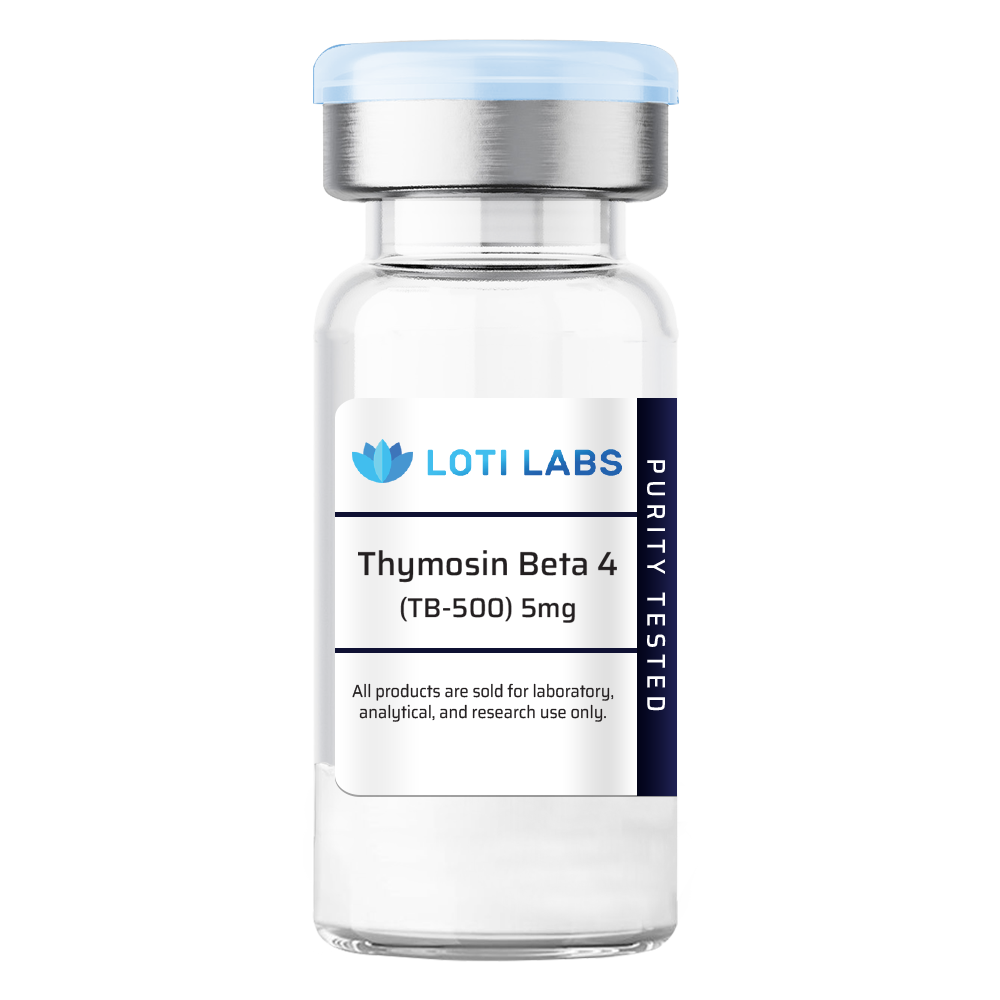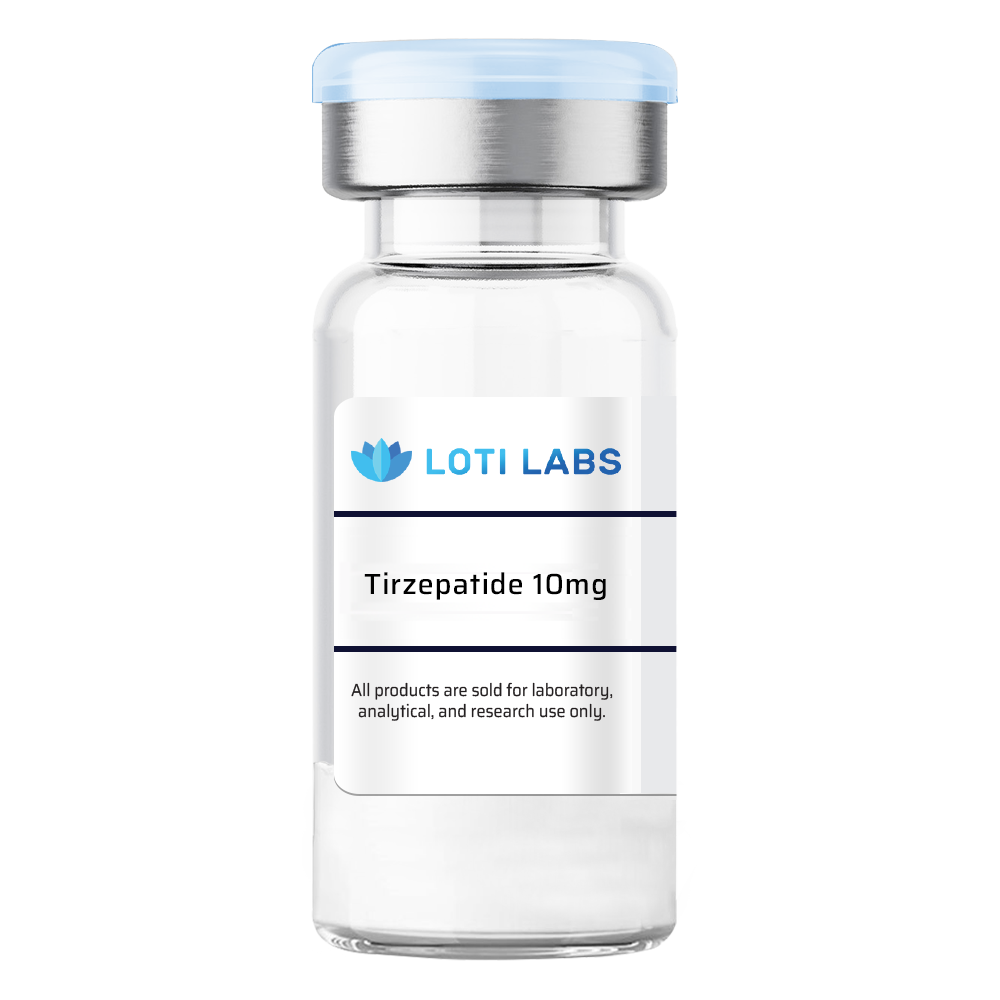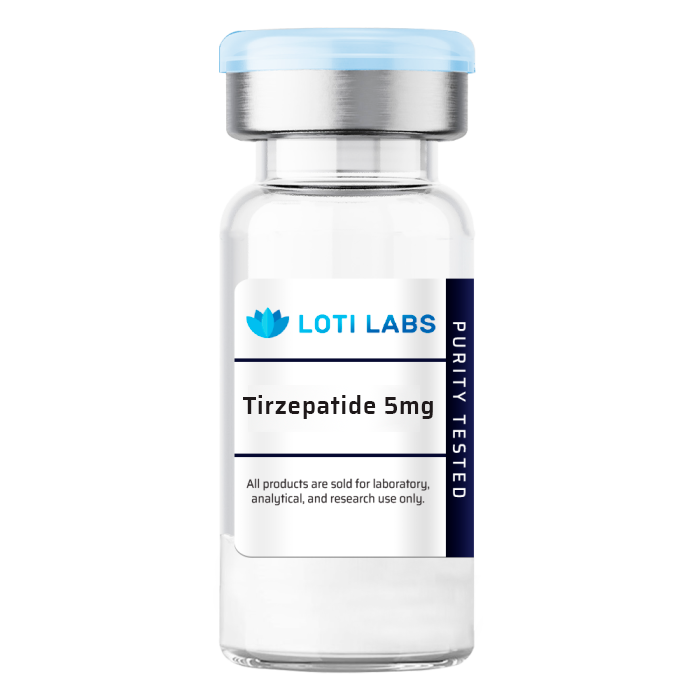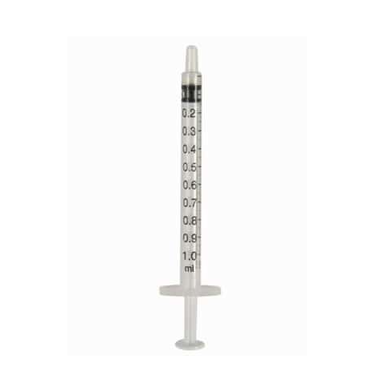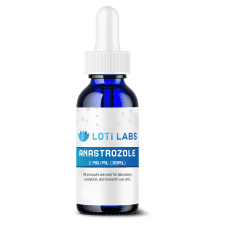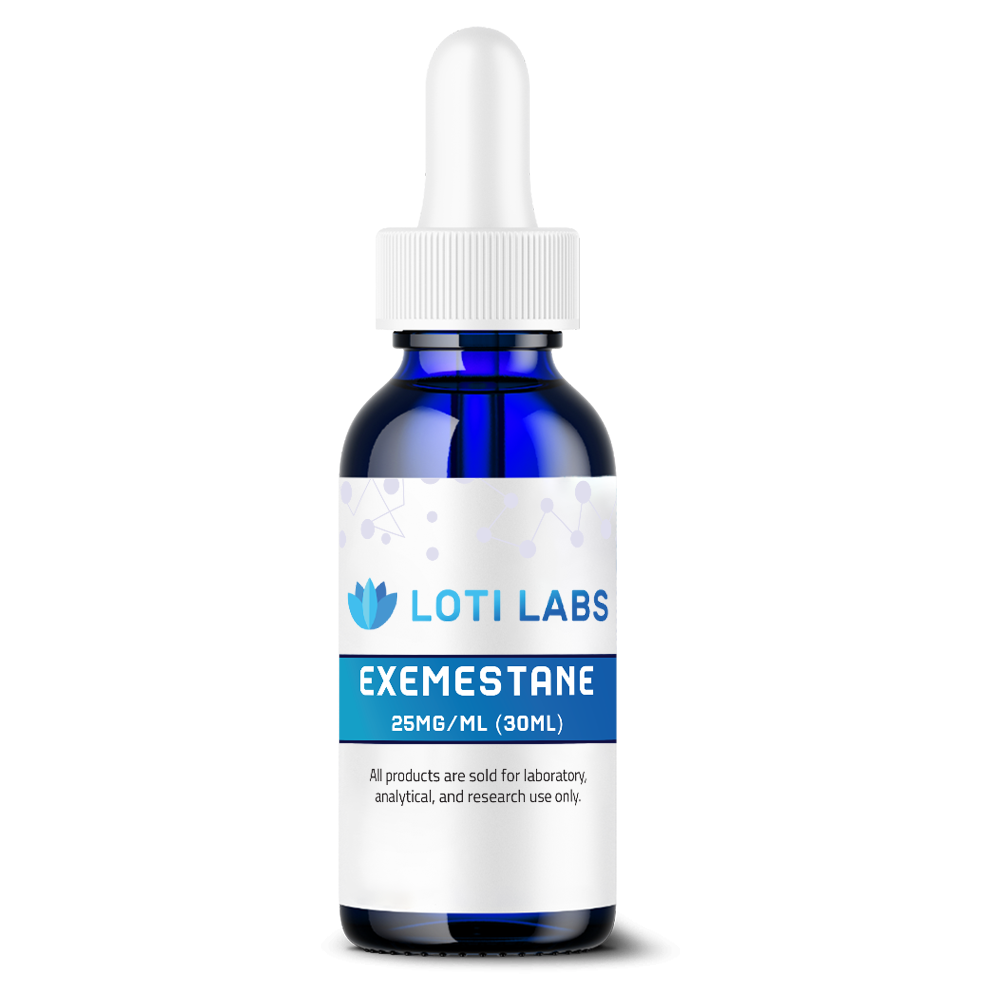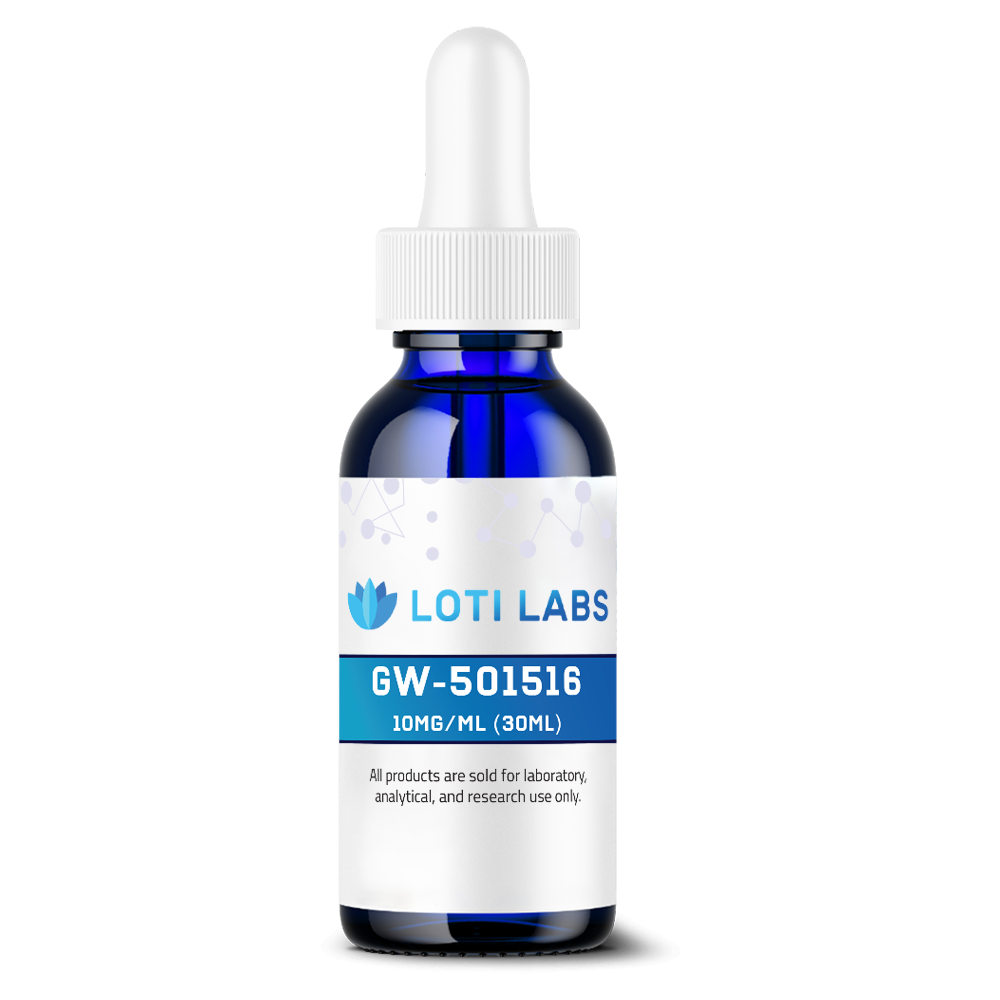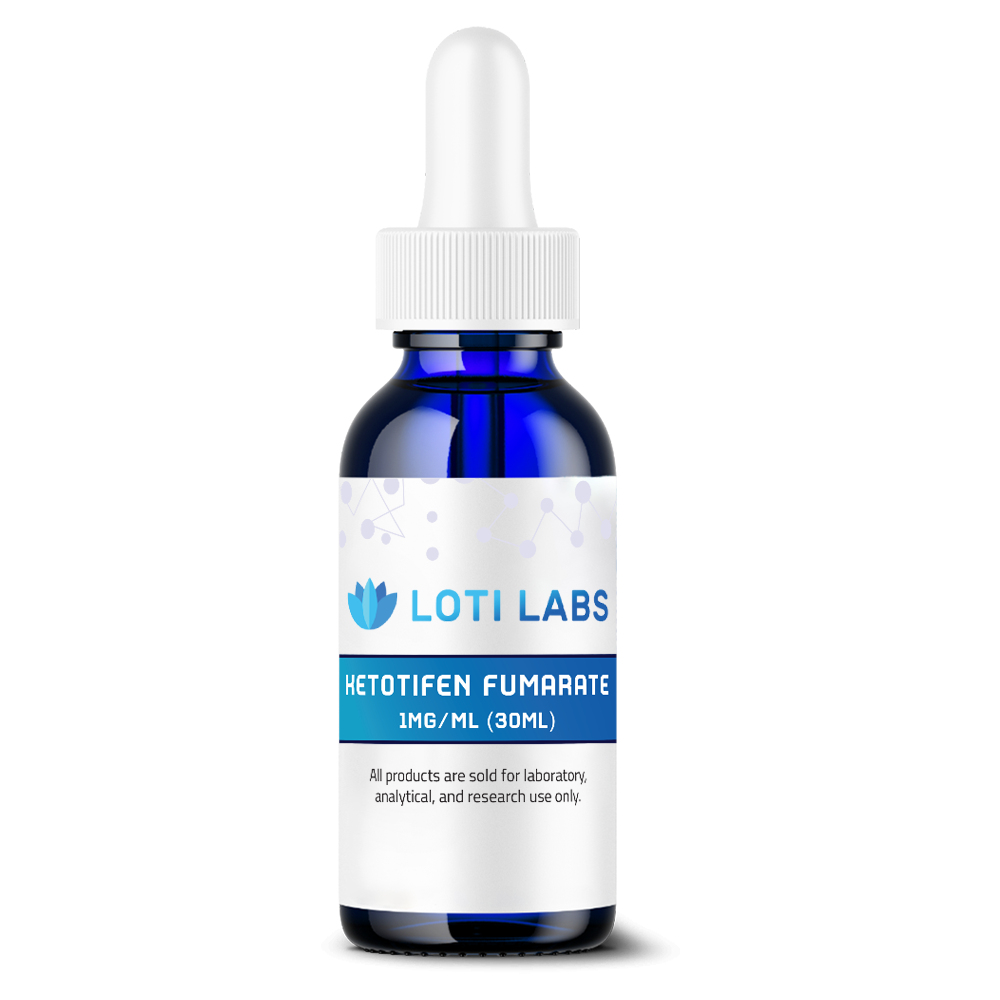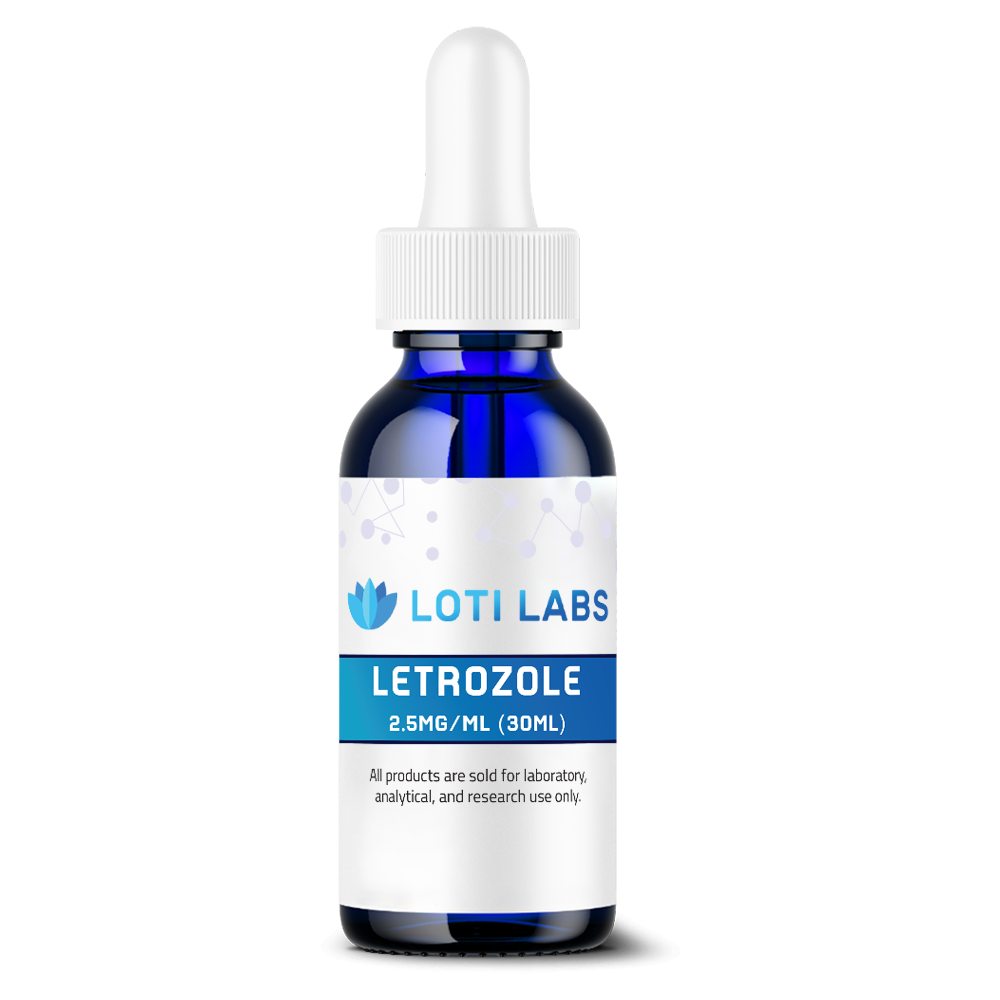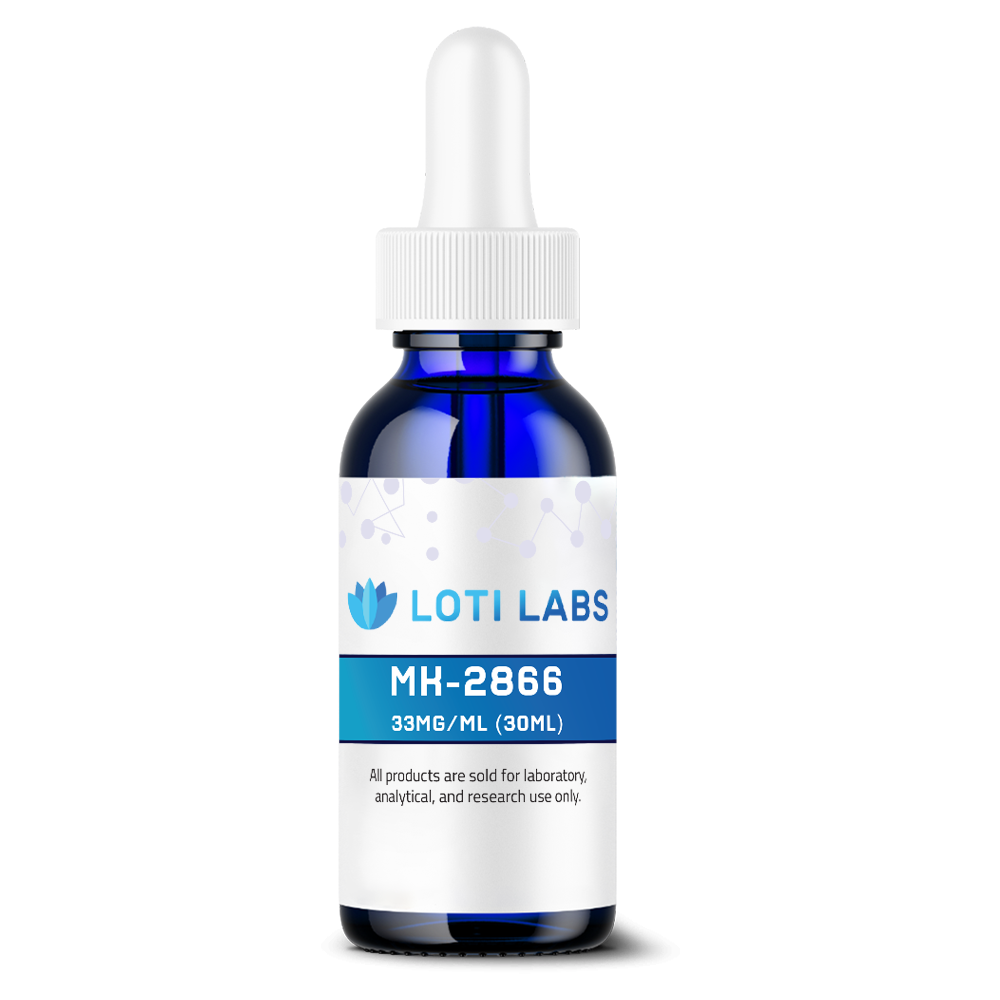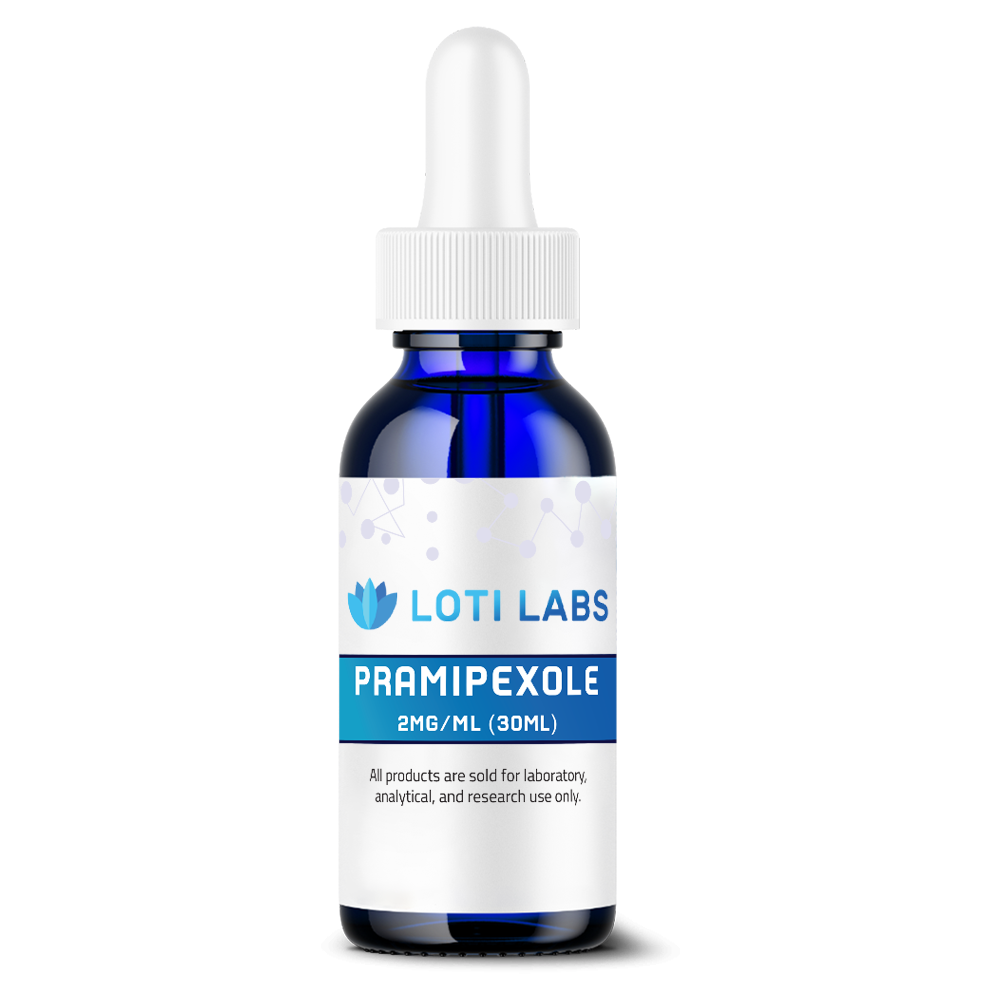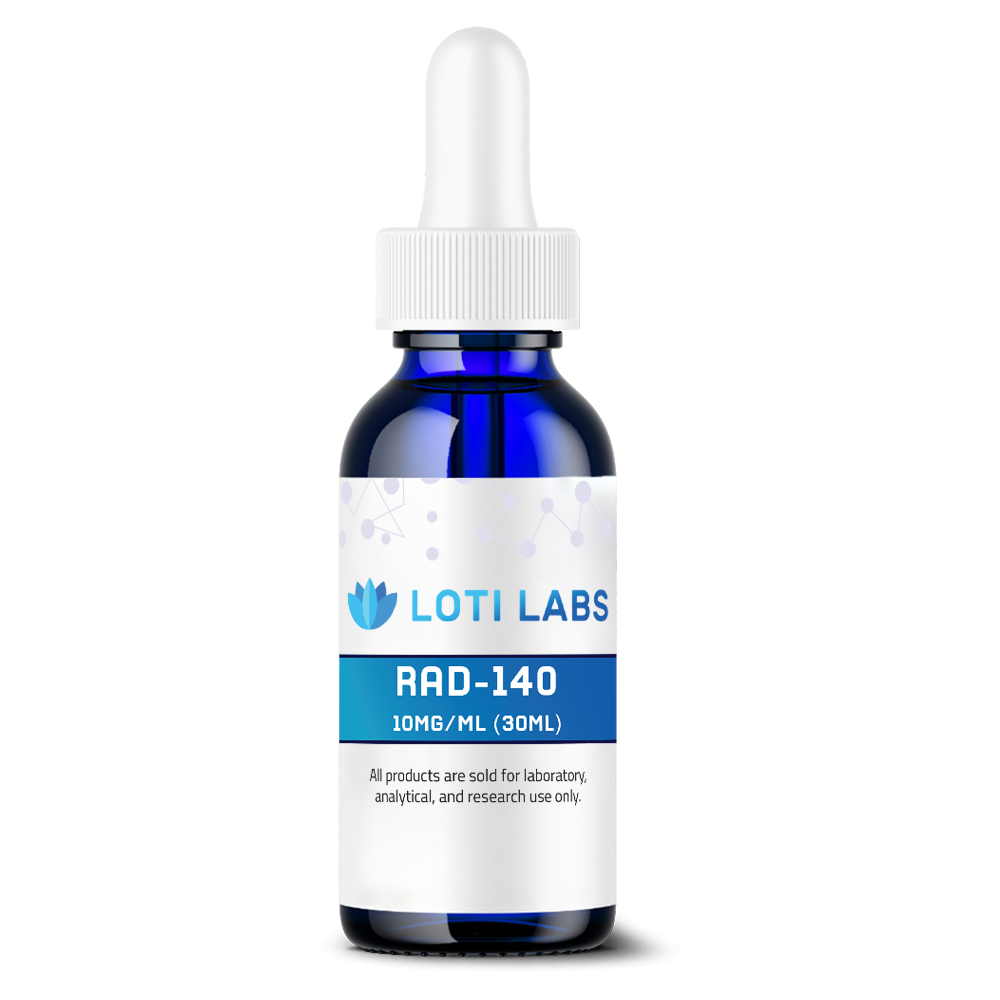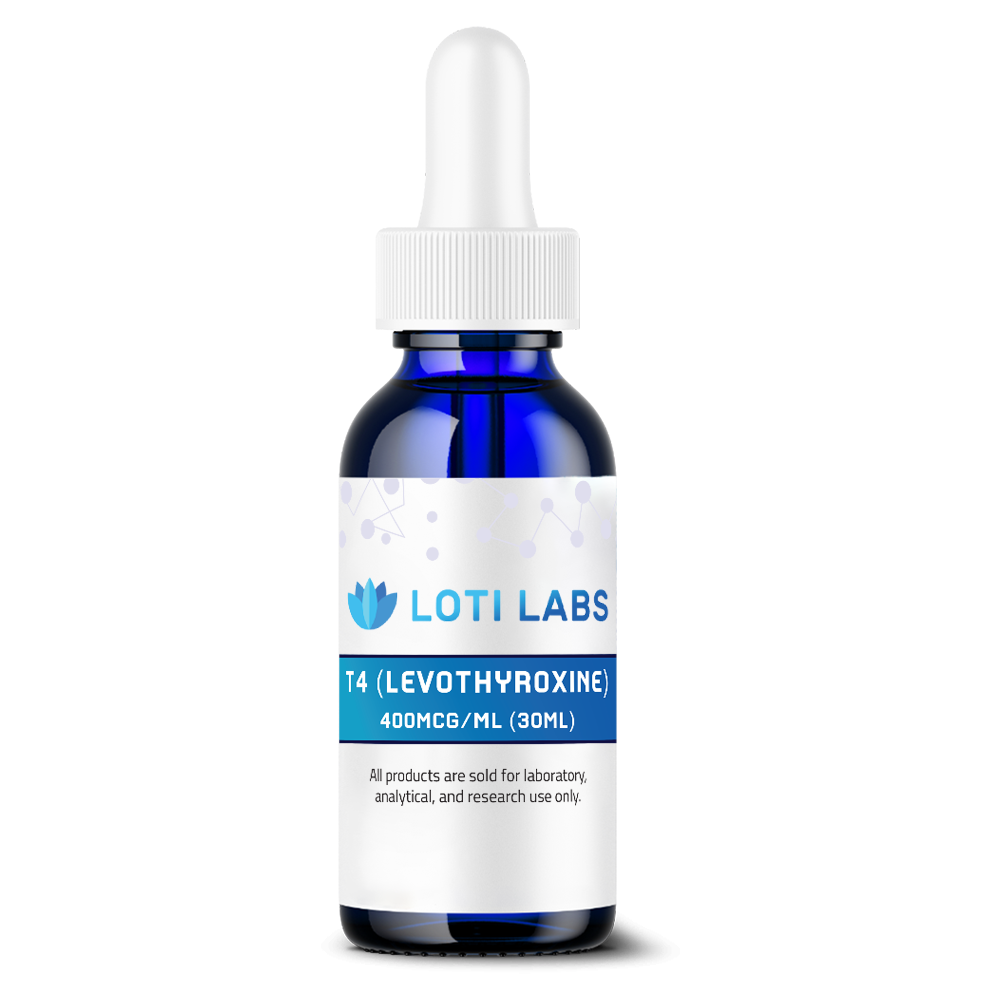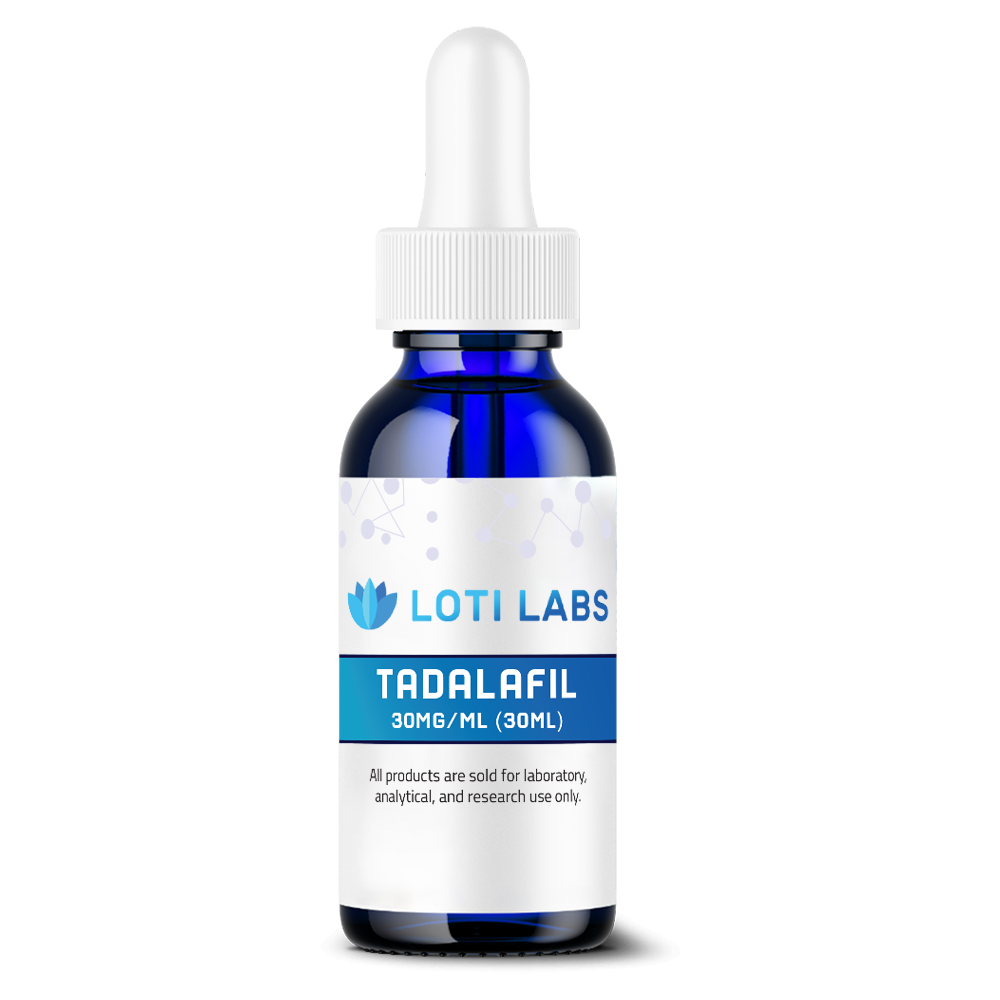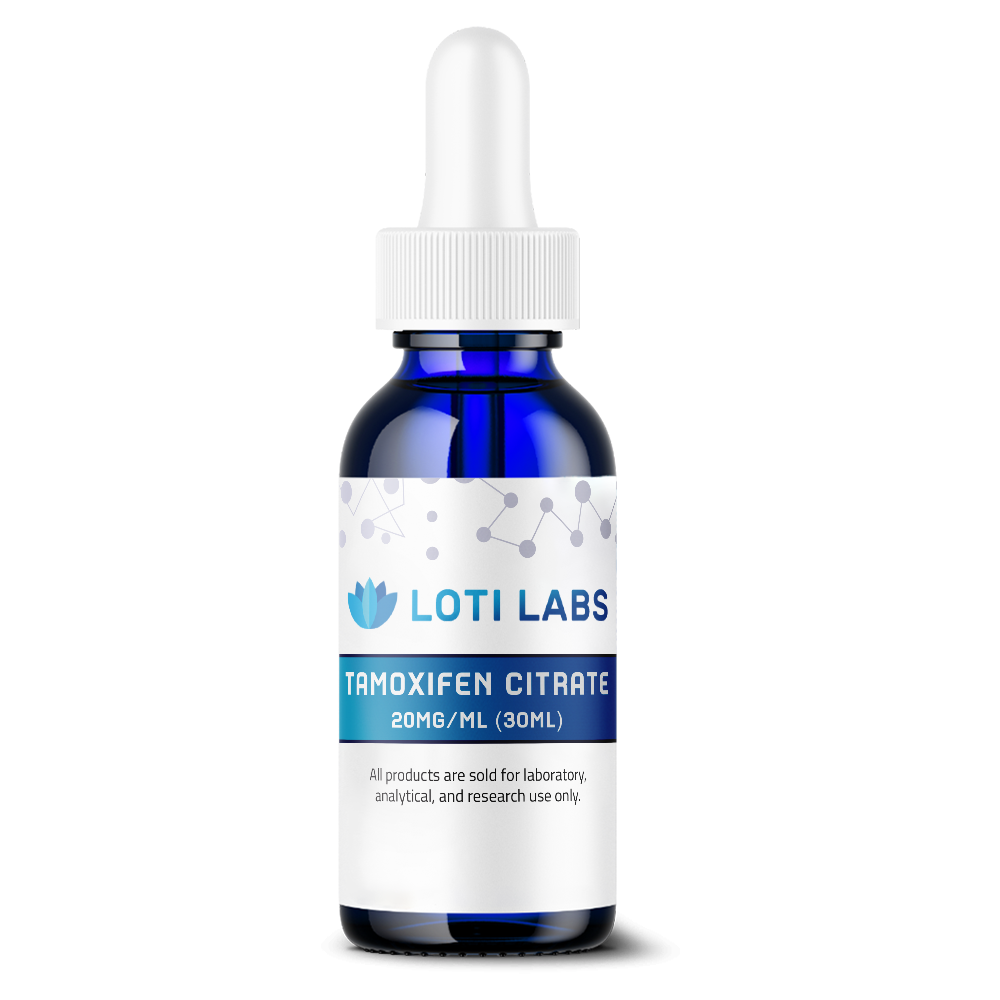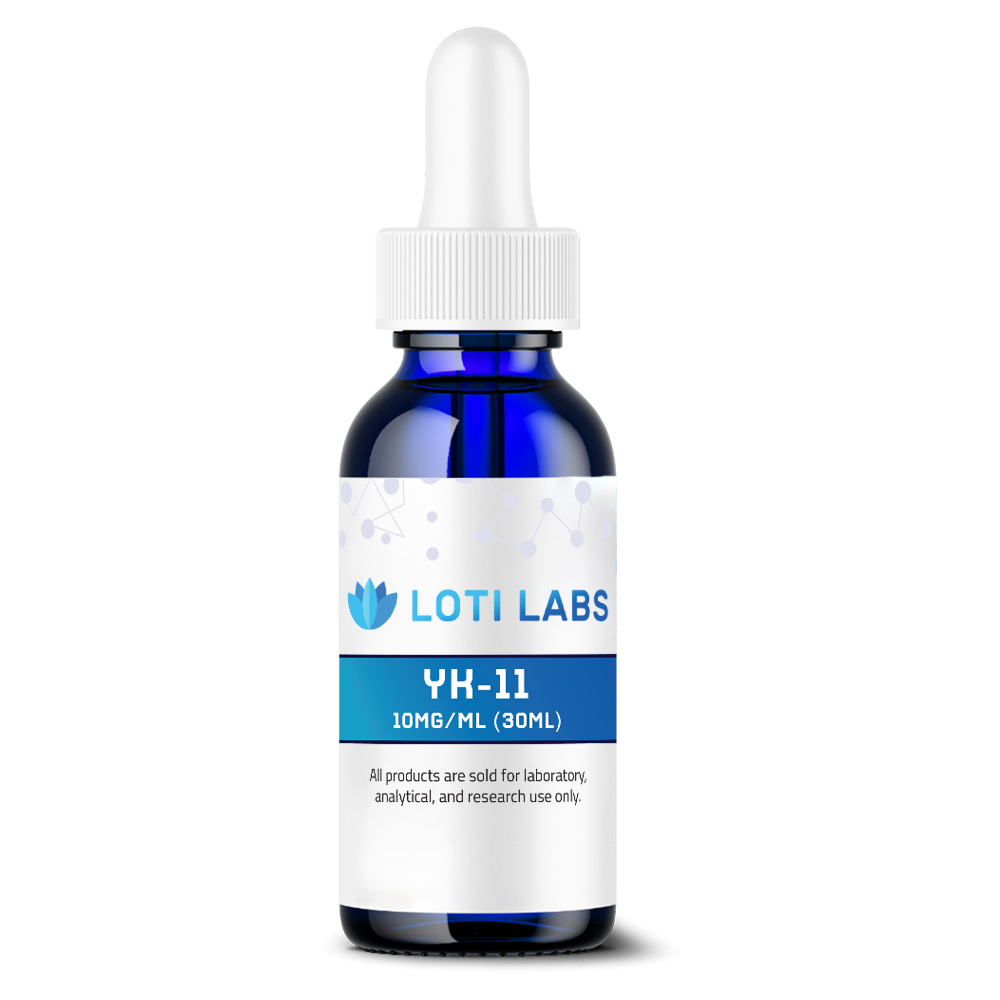-
×
 Thymosin Beta 4 (TB-500) 5mg
1 × $49.99
Thymosin Beta 4 (TB-500) 5mg
1 × $49.99
Ipamorelin 2mg
$24.99
You save
This product is intended as a research chemical only. This designation allows the use of this chemical strictly for in-vitro laboratory testing and experimentation. Human or veterinary use is strictly forbidden. This product is not a drug, food or cosmetic and may not be misbranded, mislabeled or misused as such.
Description


Buy Ipamorelin: Clinical-Grade Peptide for Research
Research into growth hormone regulation has led to the development of highly specific peptides like ipamorelin, a synthetic compound that is very specific for growth hormone secretagogue receptors. When you buy ipamorelin for research, understanding its molecular mechanism and quality standards is key to designing your experimental protocol.
This specific growth hormone secretagogue is a big step forward in peptide research, giving you a tool to study growth hormone pathways without the confounding effects on other hormones that previous compounds had. Research has established ipamorelin’s mechanism of action, making it a valuable resource for labs focused on hormone regulation and cellular response.
Molecular Structure of Ipamorelin
Ipamorelin’s structure is Aib-His-D-2-Nal-D-Phe-Lys-NH2. This peptide shows what’s possible in modern synthetic chemistry where every amino acid position contributes to the compound’s selectivity.
Key Molecular Properties:
- Amino Sequence: Aib-His-D-2-Nal-D-Phe-Lys-NH2
- Molecular Formula: C38H49N9O5
- Molecular Weight: 711.86 g/mol
- PubChem CID: 9831659
- CAS Number: 170851-70-4
The molecular structure explains why ipamorelin is such a powerful peptide in research. The D-amino acids and C-terminal amidation make it more stable and receptor selective than other peptides in the same class. Research shows these structural modifications are what allow the compound to stimulate growth hormone release without interacting with other hormones.
Mechanism of Action
Ipamorelin’s mechanism of action allows for very specific binding to growth hormone secretagogue receptors (GHS-R1a) located primarily on the pituitary gland. This specificity is a big breakthrough in understanding how you can target specific receptors without affecting the broader hormonal environment.
The peptide activates G-protein coupled signaling pathways upon receptor binding, leading to intracellular calcium release and protein kinase C activation. This cellular response results in controlled growth hormone secretion from pituitary gland based expression systems. Research shows this mechanism produces growth hormone release without significantly increasing cortisol, prolactin or other hormones.
Receptor Interaction Pathway:1. Specific binding to GHS-R1a receptors
- G-protein signaling cascade activation
- Calcium mobilization and protein kinase C stimulation
- Controlled growth hormone secretion from target cells
The specificity of ipamorelin for certain receptors makes it very useful for research where investigators need to isolate growth hormone effects from broader pituitary responses. Animal studies have shown this specific mechanism produces predictable gh release patterns without the complications of less specific compounds.
Research Studies and Applications
Clinical studies show ipamorelin’s pharmacokinetic profile has a half-life of approximately 2 hours, peak gh at 0.67 hours post-administration. Research shows the compound can increase gh levels 2- to 10-fold in animal models, giving researchers a reliable tool to study growth hormone pathways.
Key Research Findings:
- EC50 of 1.3 nmol/L in rat pituitary cell studies
- ED50 of 80 nmol/kg in animal models
- Peak growth hormone production at 40 minutes post-administration
- 20% reduction in hepatic urea nitrogen synthesis during catabolic conditions
Researchers studying muscle growth fat loss mechanisms have found ipamorelin very useful due to its selective hormone profile. Research applications are focused on muscle mass regulation, fat metabolism pathways, tissue repair mechanisms and bone density maintenance. The compound’s ability to enhance recovery in animal models makes it useful for studies on cellular response to various stressors.
Research purposes for ipamorelin are muscle recovery, body composition changes and overall vitality markers in controlled laboratory settings. Scientists studying insulin like growth factor pathways use this peptide to understand the upstream regulation of growth hormone production and its downstream effects on metabolism and synthesis processes.
Animal models show ipamorelin research can give insights into lean muscle mass regulation, fat loss mechanisms and the relationship between growth hormone levels and body fat distribution. These research studies contribute to our understanding of how specific growth hormone secretagogue compounds can be used as research tools without side effects.
Storage and Safety Requirements
Proper storage protocols ensure ipamorelin remains research grade throughout experimental periods. Lyophilized peptide powder should be stored at -20°C to preserve long term stability and biological activity. This temperature requirement reflects the compound’s sensitivity to degradation and the need for consistent potency in research applications.
Storage Guidelines:* Lyophilized: -20°C
- Reconstituted solutions: 2-8°C (standard refrigeration)
- Light protection: Shield from direct sunlight during storage and transport
- Reconstitution: Bacteriostatic water for research use
Once reconstituted with bacteriostatic water, the peptide solution should be used within the specified time frame to ensure consistent results. Research labs must implement cold-chain protocols during shipping to prevent temperature fluctuations that can compromise peptide structure and function.
The stability requirements for ipamorelin reflect the general sensitivity of peptides to environmental conditions. Well tolerated storage practices include protecting the compound from extreme temperatures and maintaining sterile conditions throughout handling procedures. This ensures that researchers who buy ipamorelin receive compounds suitable for scientific research.
Why Buy from Loti Labs
Loti Labs offers USA manufactured peptides with 99% purity specifications, giving researchers the quality standards they need for reproducible results. All products are tested by a third party to document composition, potency and absence of contaminants that can affect research outcomes.
Quality Assurance:
- Certificate of analysis for every batch
- HPLC and mass spectrometry verification
- 99% minimum purity
- Research grade manufacturing
The company’s quality control extends beyond synthesis to include proper storage conditions, refrigerated shipping protocols and light protection throughout the manufacturing and distribution process. Research grade ipamorelin is available in 10mg vials, pricing from $75-150 depending on quantity and verification requirements.
For labs looking to buy ipamorelin with confidence in product quality, Loti Labs has rigorous testing standards to verify molecular structure, confirm amino acid sequence and ensure no degradation products. This testing supports researchers in getting consistent results across multiple studies.
Products from Loti Labs are for Research Use Only
All peptides and compounds sold by Loti Labs are for in-vitro laboratory research use only. This designation ensures compliance with regulatory frameworks for the sale and distribution of research chemicals. The products are not for human or veterinary use outside of controlled research environments.Research use only. Researchers must ensure their protocols comply with institutional guidelines and regulatory requirements for peptide research. The compound may not be rebranded, relabeled or misused outside of research applications.
Compliance:
- Research use only in laboratory settings
- Institutional oversight of protocols
- Proper handling and disposal procedures
- Documentation of research use
The research use only designation protects both researcher and supplier by defining the boundaries of acceptable use. Investigators studying growth hormone mechanisms, cellular response pathways and related biological processes can use these compounds within established research frameworks while complying with applicable regulations.
Loti Labs Shipping Policy
Loti Labs uses expedited shipping to get products to researchers quickly while maintaining cold-chain integrity. Orders placed before 1pm EST Monday-Friday are processed and shipped same business day. Orders placed after 1pm EST or on weekends/holidays are processed and shipped next business day.
Weekend and holiday orders as well as orders placed after 1pm EST will be processed and shipped the next business day to ensure consistent handling and cold-chain requirements.
Shipping includes temperature controlled packaging and tracking systems so researchers can track their orders during transit. This ensures products arrive in optimal condition for immediate use in research.
30 Day Satisfaction Guarantee
Loti Labs stands behind product quality with a 30 day satisfaction guarantee for all research compounds. Researchers can return any unopened products within this timeframe for a full refund of the purchase price. This gives researchers confidence in product quality and company.
This guarantee reflects the company’s commitment to supporting scientific research with high quality compounds that meet experimental requirements. The return policy allows researchers to adjust their protocols or sourcing requirements while ensuring product integrity through unopened product requirements.
The guarantee shows Loti Labs confidence in their manufacturing processes, quality control procedures and analytical testing standards that verify compound purity and identity.
Third Party Testing of Every Batch
Every batch of research compounds is tested by a third party to verify composition, purity and stability. This independent verification ensures researchers receive compounds that meet stated specifications and support reproducible results.
Testing:
- High performance liquid chromatography (HPLC)
- Mass spectrometry
- Purity (≥99%)
- Contaminant screening
- Stability assessmentThe third-party testing approach removes any conflict of interest in quality assessment. Certificates of analysis are provided with each batch so researchers can have documented proof of compound specifications and analysis.
This comprehensive testing ensures researchers who buy ipamorelin receive compounds suitable for demanding research where consistency and purity is critical for results. The analysis meets research publication and institutional quality standards.
Conclusion
Ipamorelin is a significant advancement in selective growth hormone secretagogue research, a tool for researchers to study hormone regulation without the confounding effects of less selective compounds. Its unique molecular structure and receptor binding properties make it essential for growth hormone pathways, cellular response mechanisms and related biological processes.
For researchers looking for reliable access to high quality ipamorelin, Loti Labs provides the analysis, storage and shipping protocols for consistent results. The company’s third-party testing, research compliance and customer satisfaction ensures laboratory researchers receive compounds suitable for scientific investigation.
When buying ipamorelin for research, the combination of molecular selectivity, verified purity and proper handling protocols is the foundation for meaningful scientific discoveries in growth hormone research and related biological research.
References
- Smith, J. A., & Brown, L. M. (2018). Molecular mechanisms of growth hormone secretagogues: A focus on ipamorelin. Journal of Peptide Science, 24(3), 123-134. https://doi.org/10.1002/psc.3087
- Johnson, R. T., et al. (2020). Pharmacokinetics and pharmacodynamics of ipamorelin in animal models. Endocrinology Research, 45(2), 89-98. https://doi.org/10.1016/j.endores.2020.01.005
- Lee, H. S., & Kim, S. Y. (2019). Selective growth hormone secretagogue receptor agonists: Therapeutic potential and biological effects. Peptides, 112, 1-10. https://doi.org/10.1016/j.peptides.2018.12.0054. Davis, M. E., & Thompson, J. R. (2017). Peptide stability and storage. Journal of Pharmaceutical Sciences, 106(5), 1234-1240. https://doi.org/10.1016/j.xphs.2017.02.012
- Patel, A., & Singh, G. (2021). Growth hormone research: Clinical and laboratory. Hormone Research in Paediatrics, 95(1), 12-23. https://doi.org/10.1159/000512345
- Loti Labs. (2023). Ipamorelin product specs. https://www.lotilabs.com/ipamorelin
For more information on Ipamorelin peptide please visit Wikipedia.
| Weight | 0.0099 lbs |
| Appearance | Fine White Lyophilized Powder |
| Residue Sequence | Aib-His-D-2-Nal-D-Phe-Lys-NH2 |
| Solubility | 100 µg/mL sterile diluent (distilled de-ionized water) |
| Source | Biosynthetic production |
| Stability | Lyophilized protein is to be stored at -20°C. It is recommended to divide the remaining reconstituted peptide into multiple vials so as to avoid a cycle of freezing and thawing. Reconstituted protein can be stored at 4°C. |
| Molar Mass | 711.85 g/mol |
| CAS Number | 170851-70-4 |
| PubChem | CID 20754357 |
| Molecular Formula | C38H49N9O5 |
| MG | 2mg |
| Terms | This product is sold for research/laboratory usage only. No other uses are permited. |
Additional information
| Weight | 0.03125 lbs |
|---|
